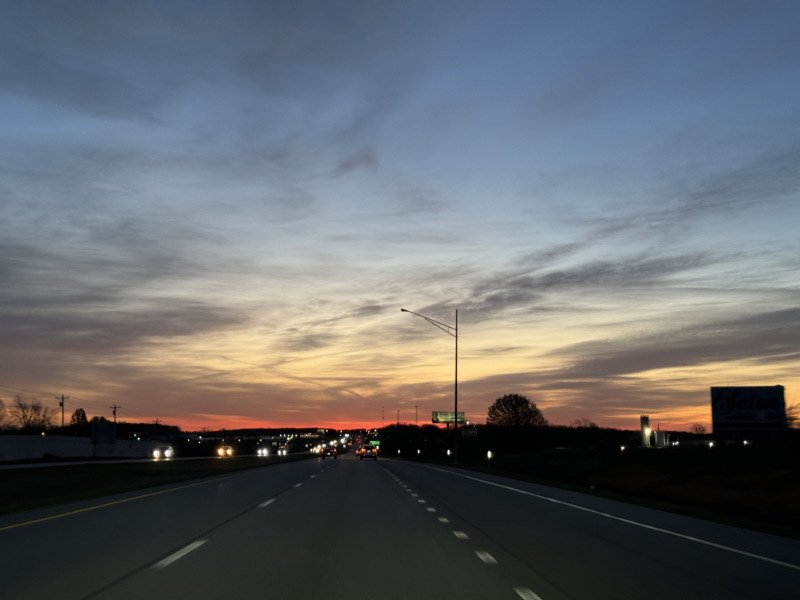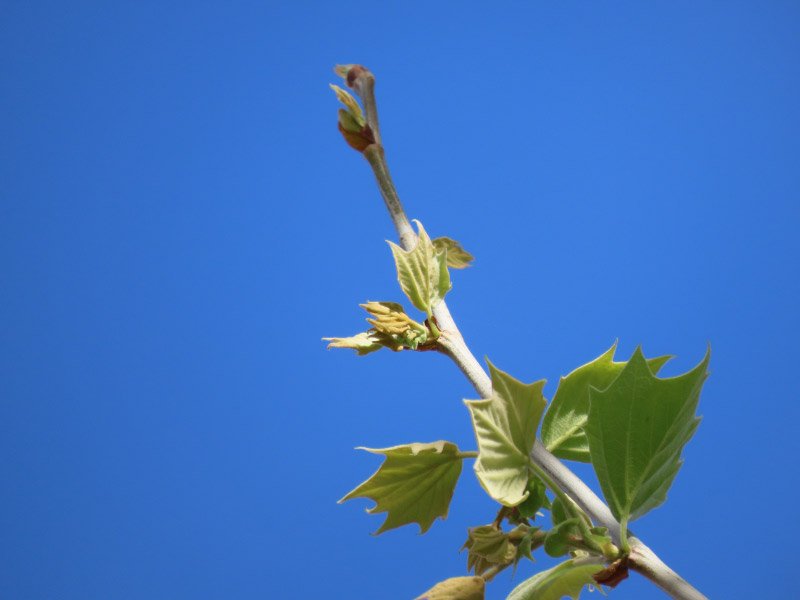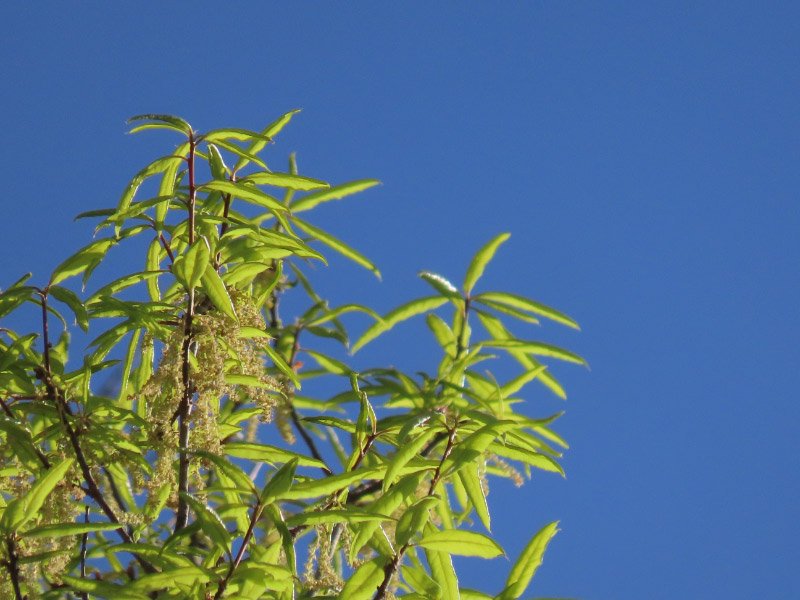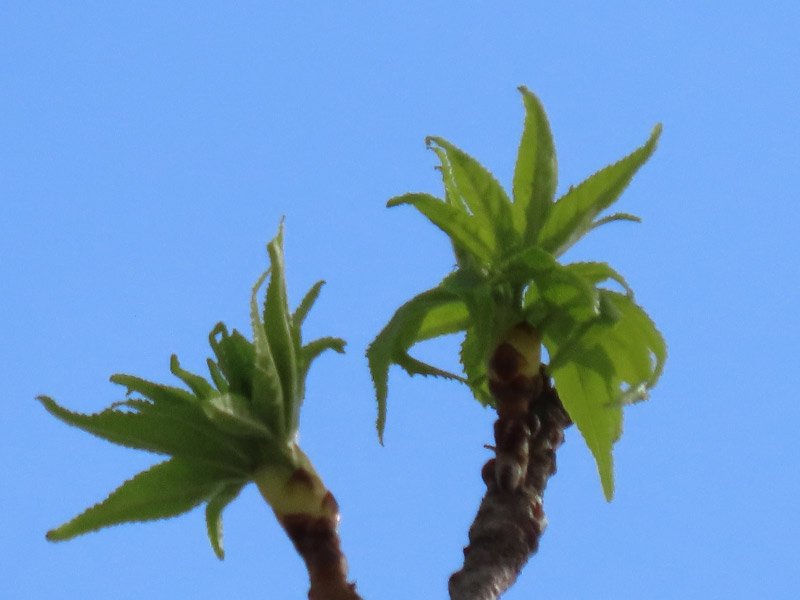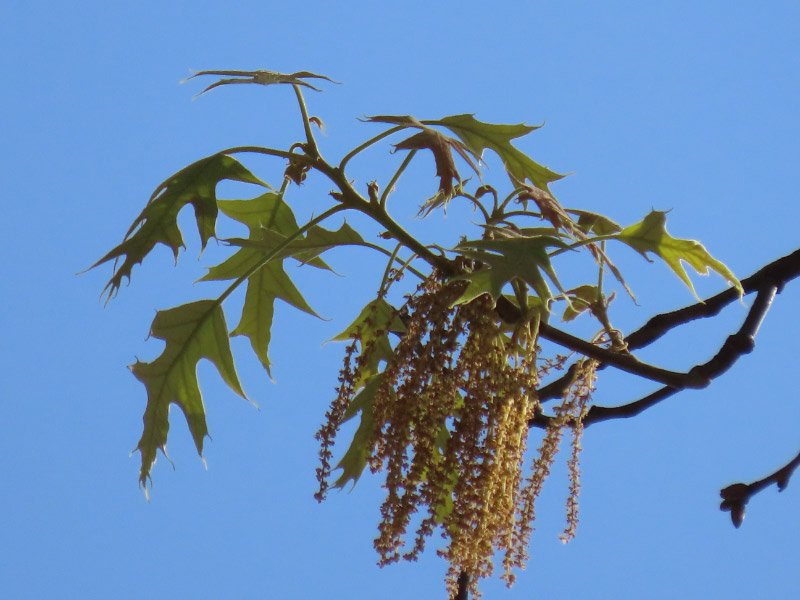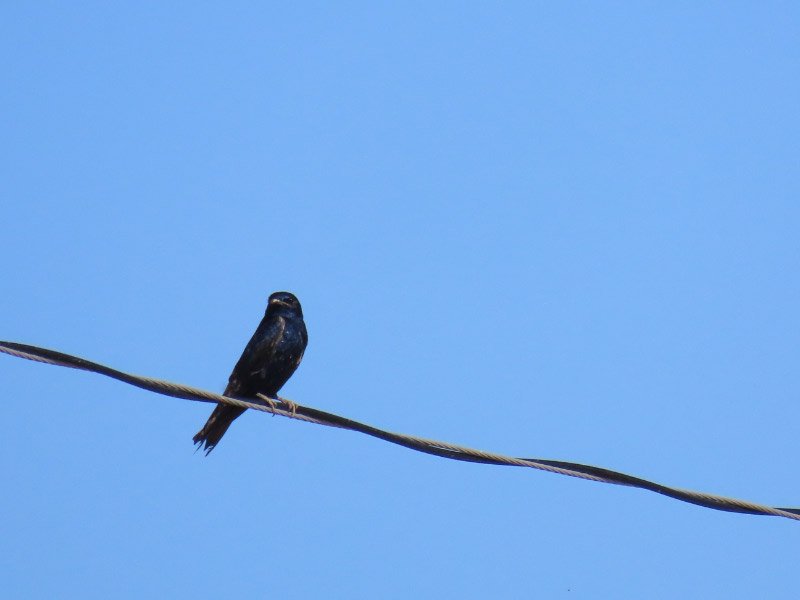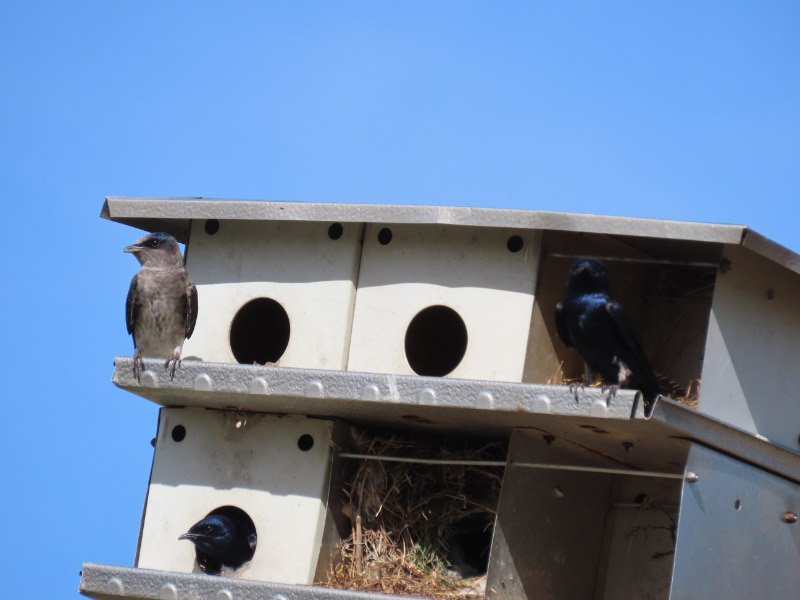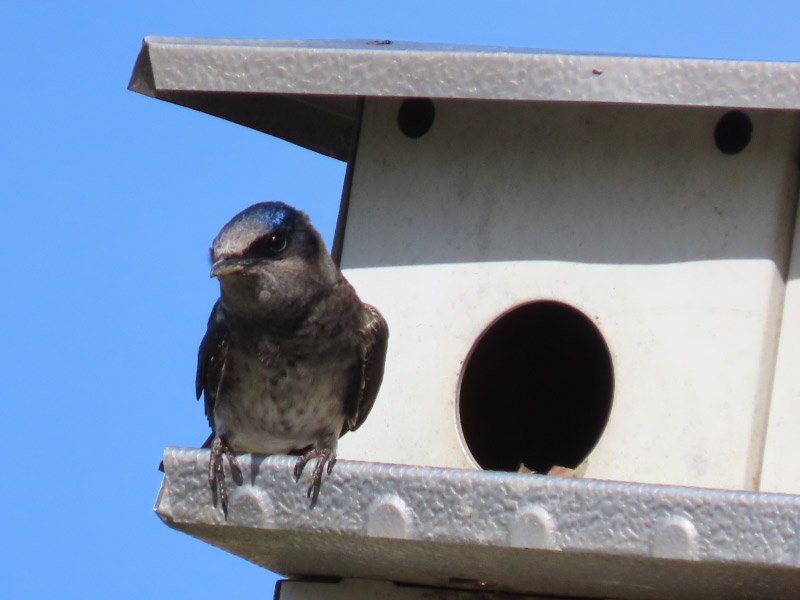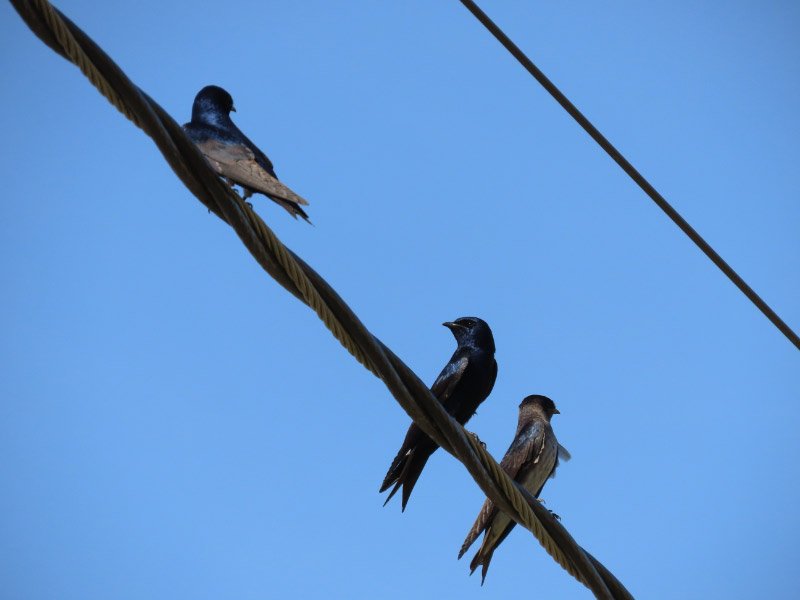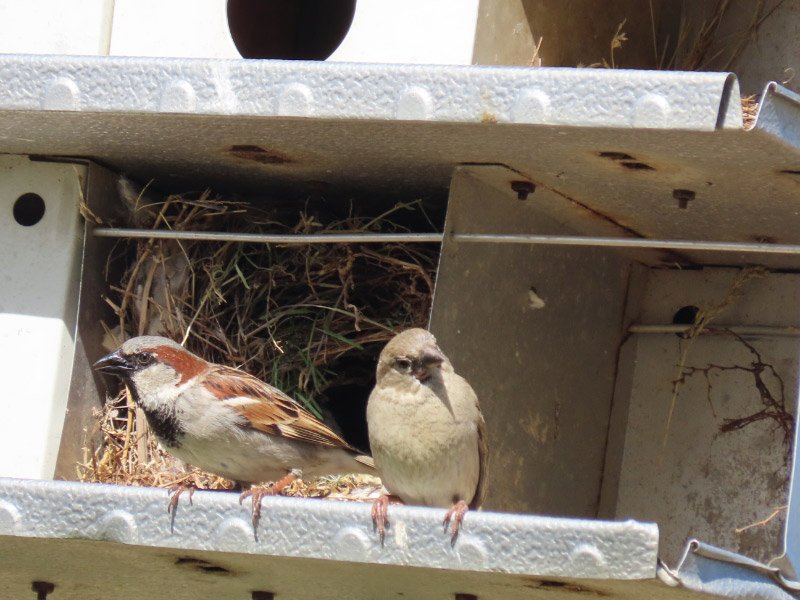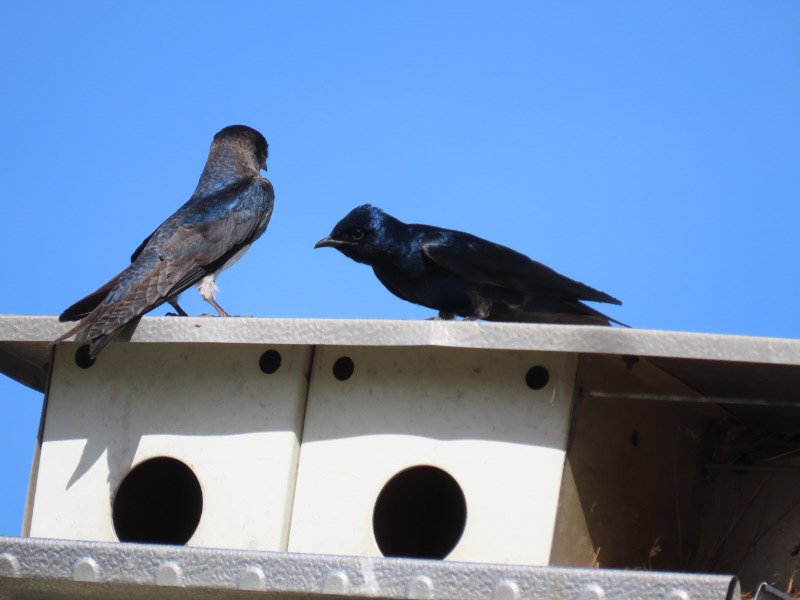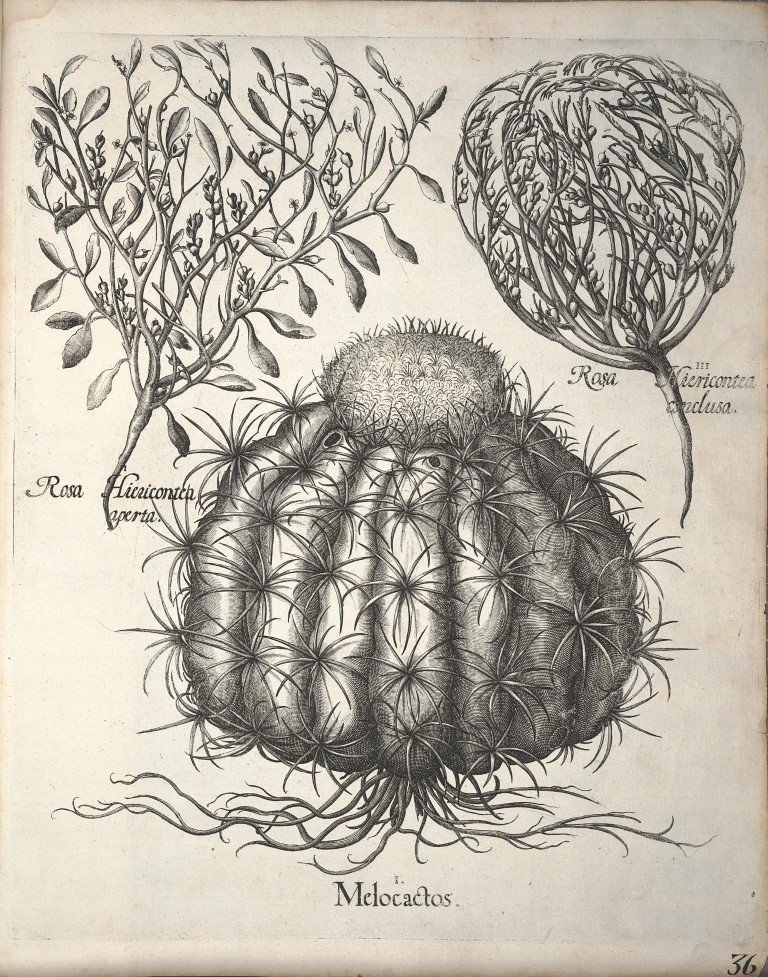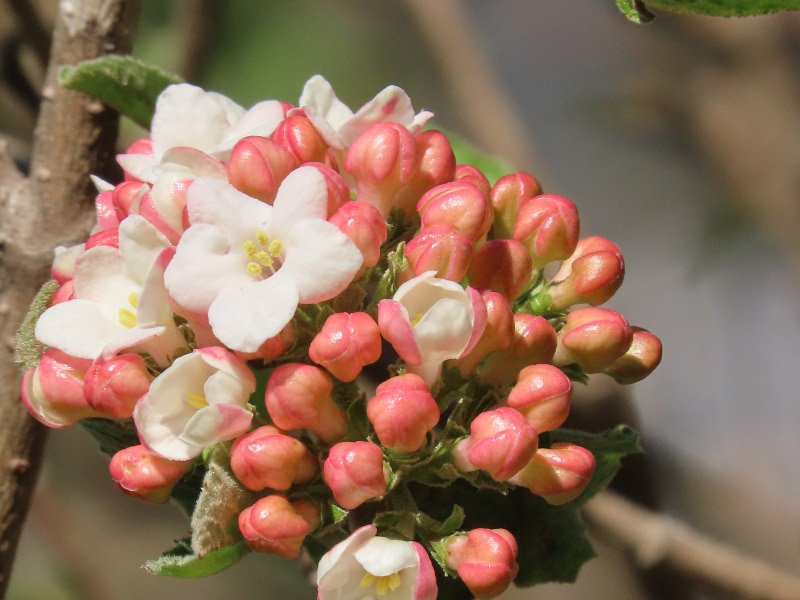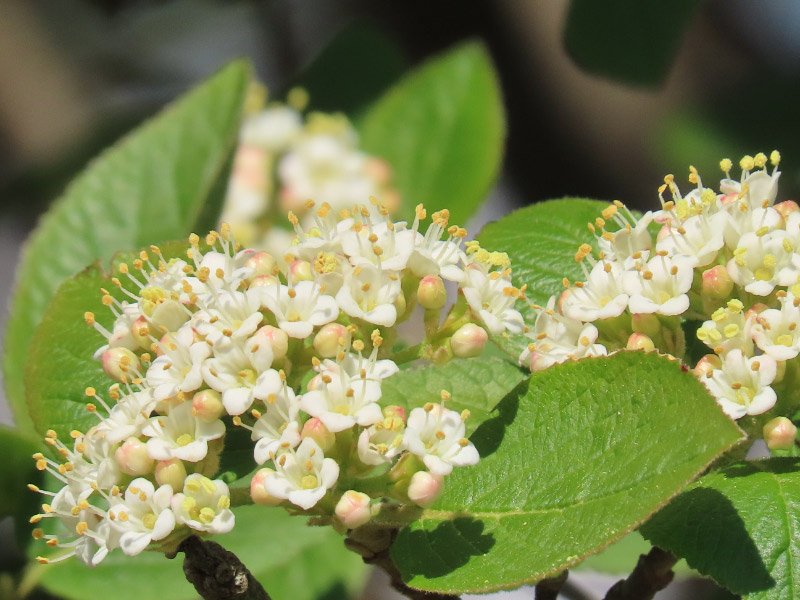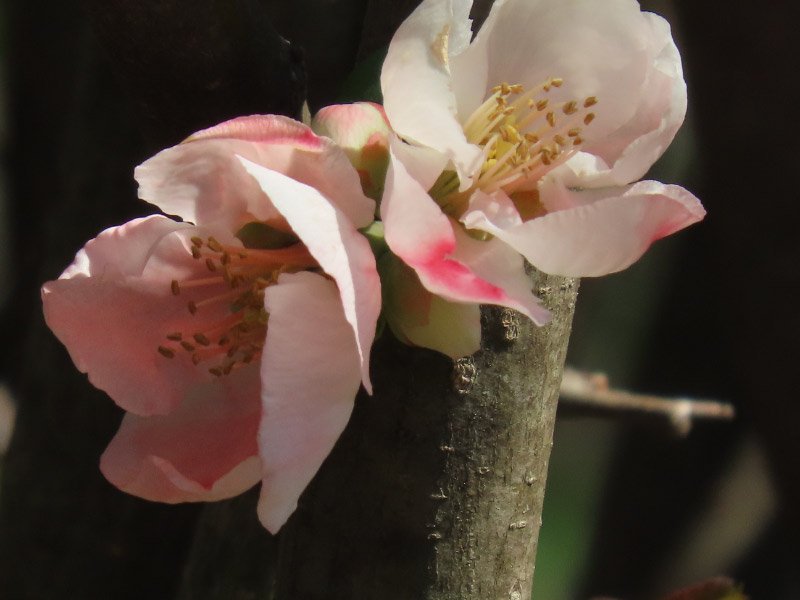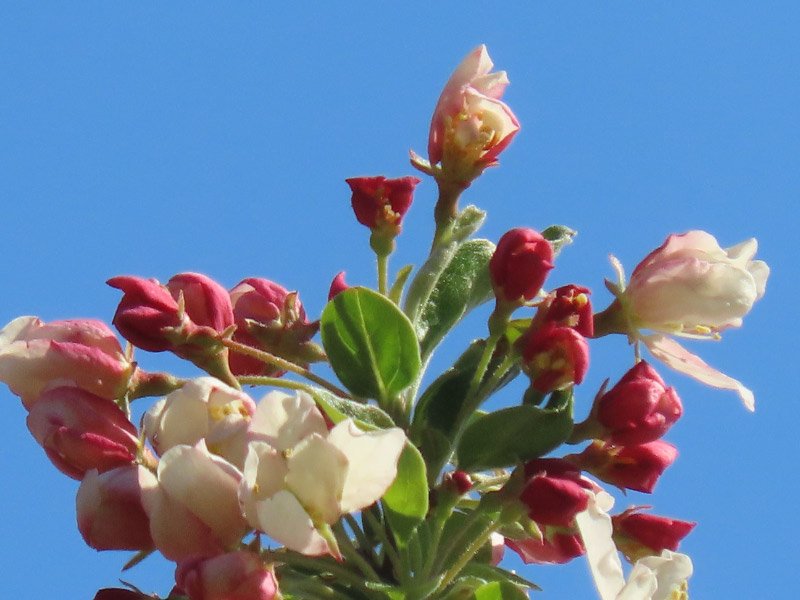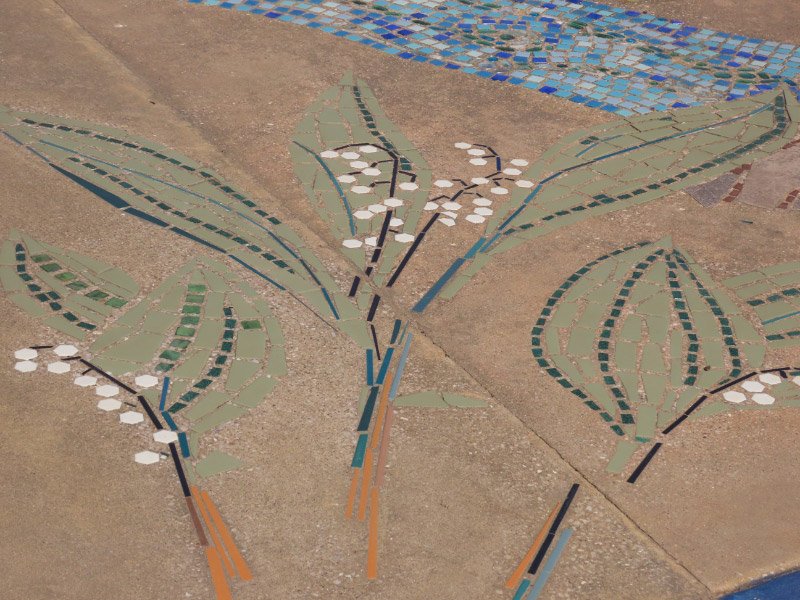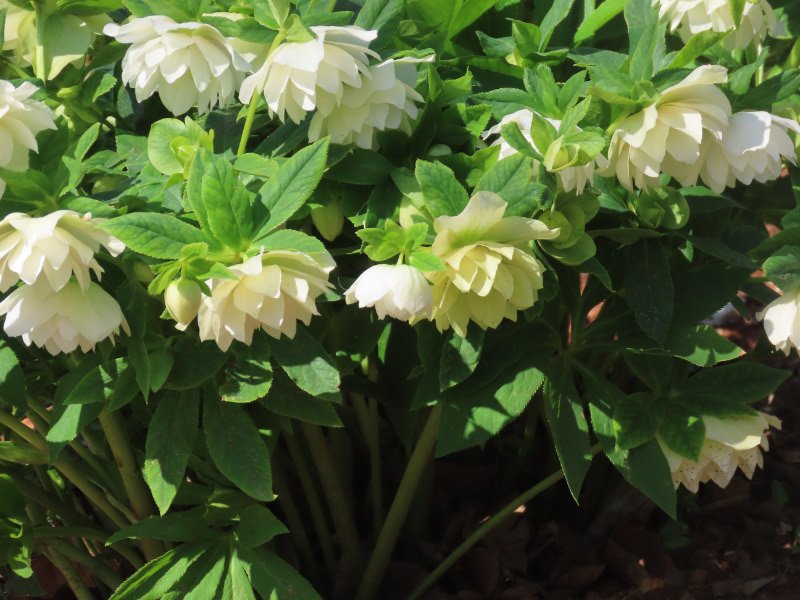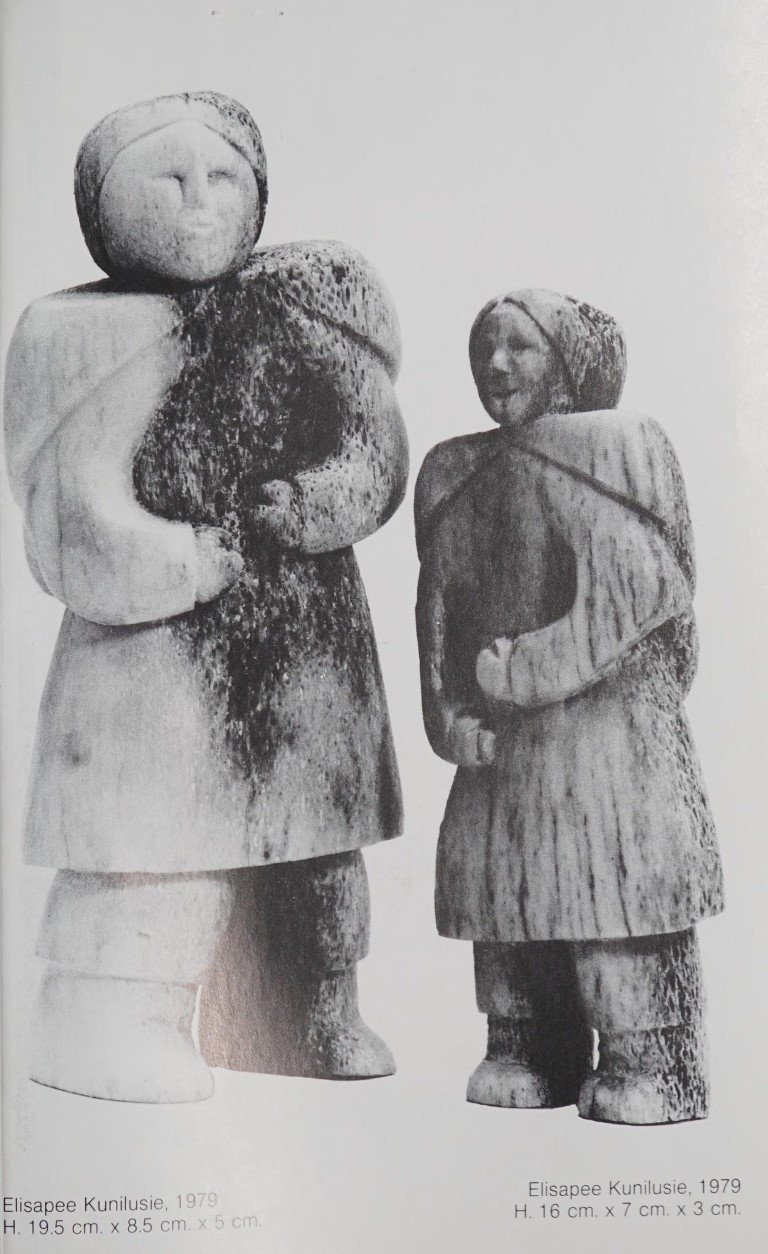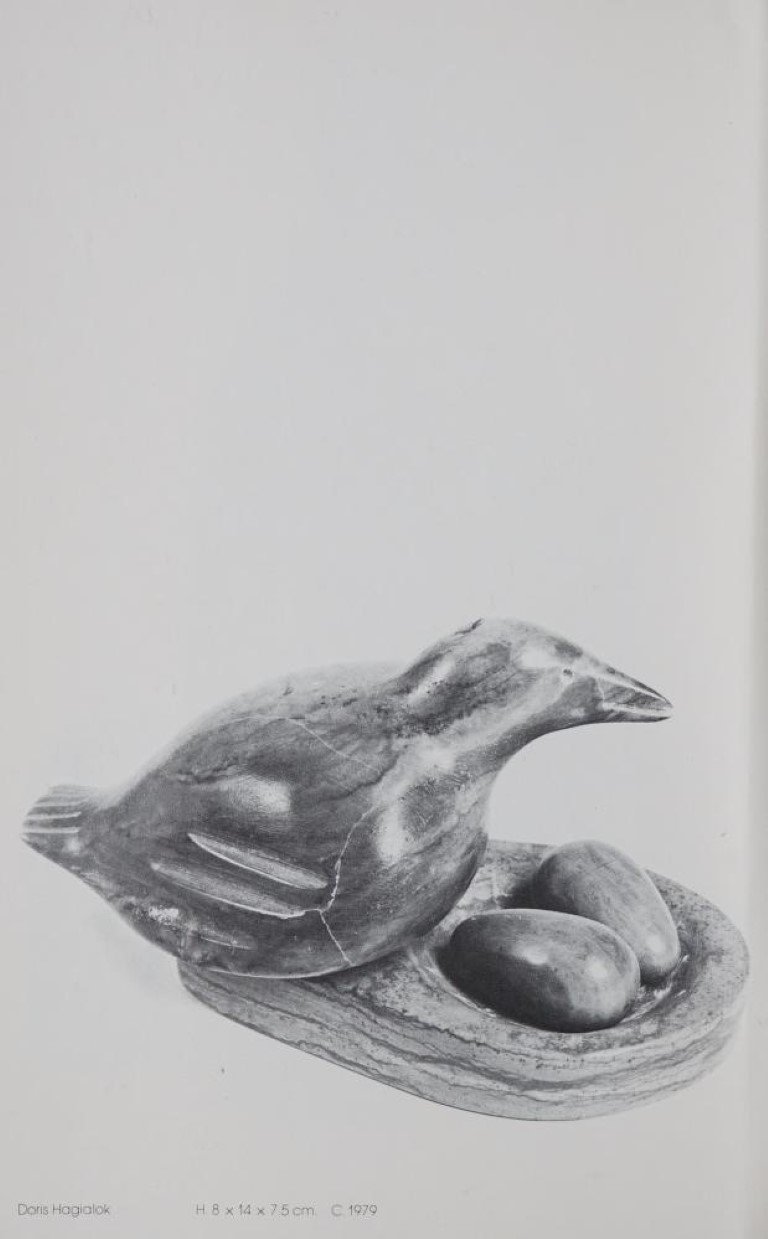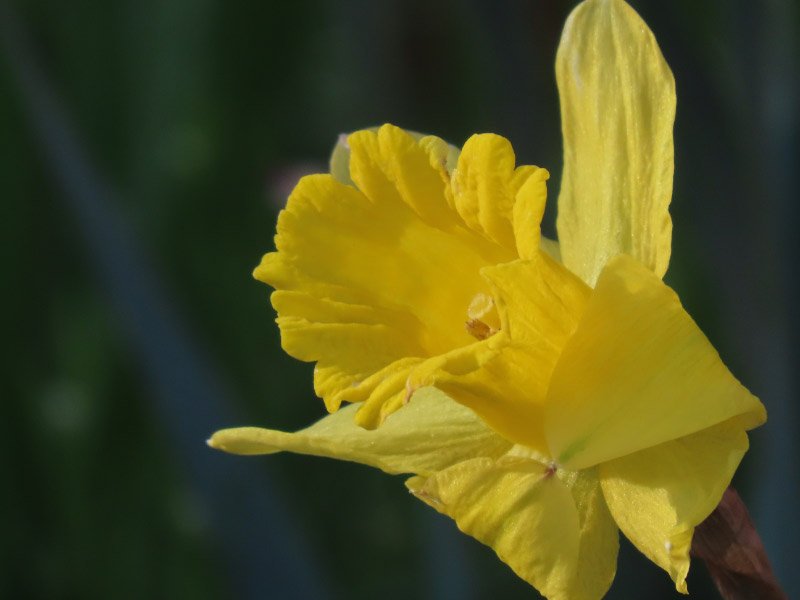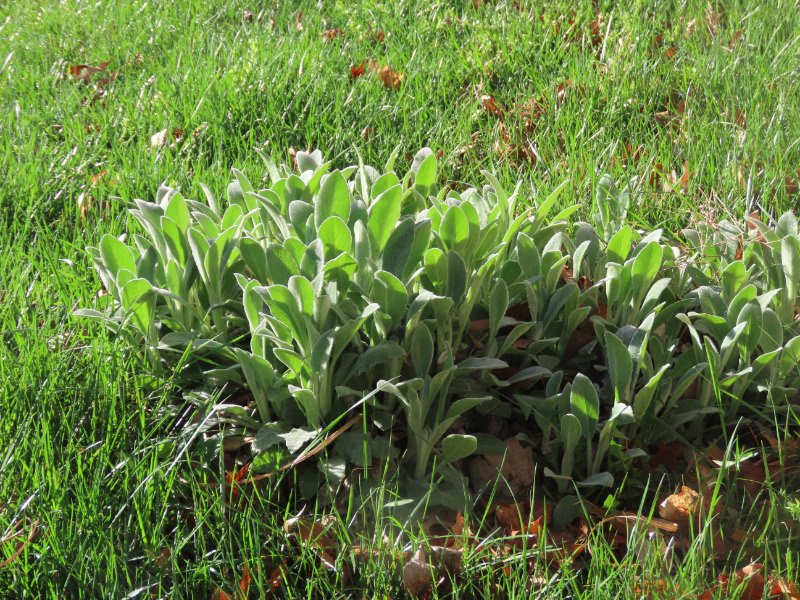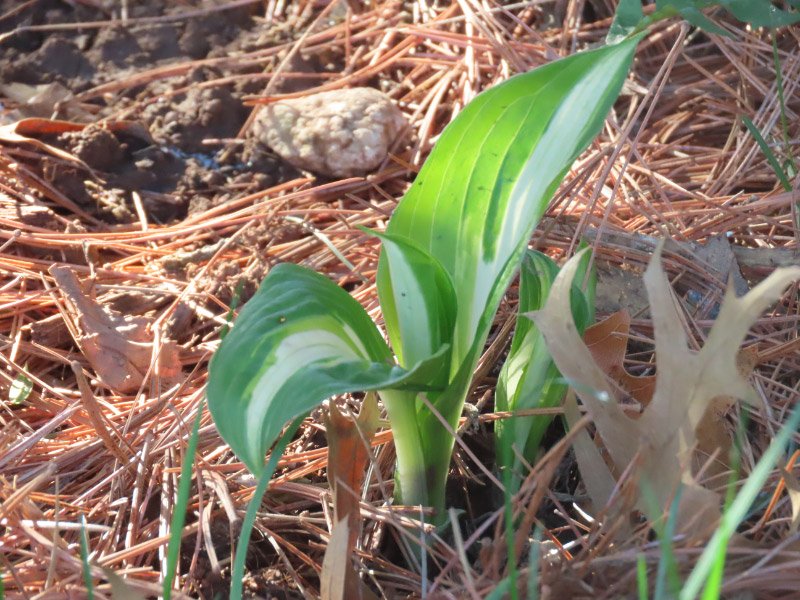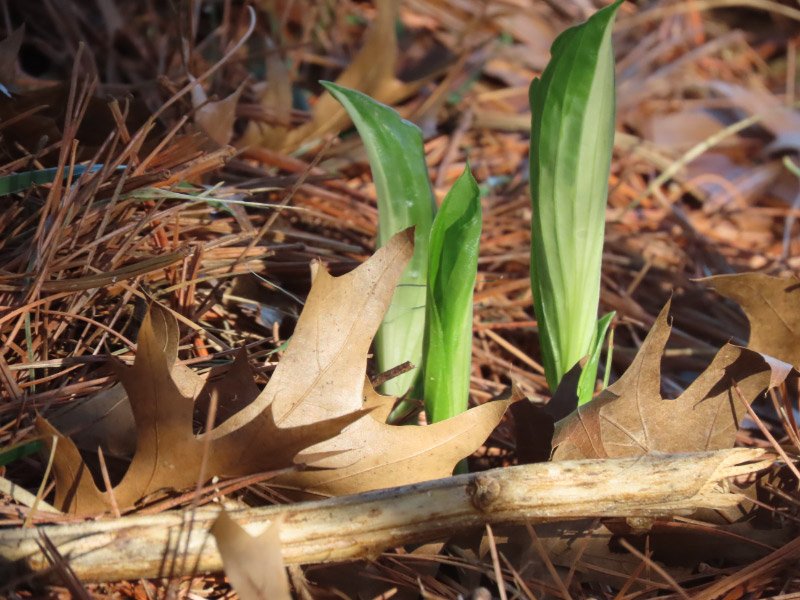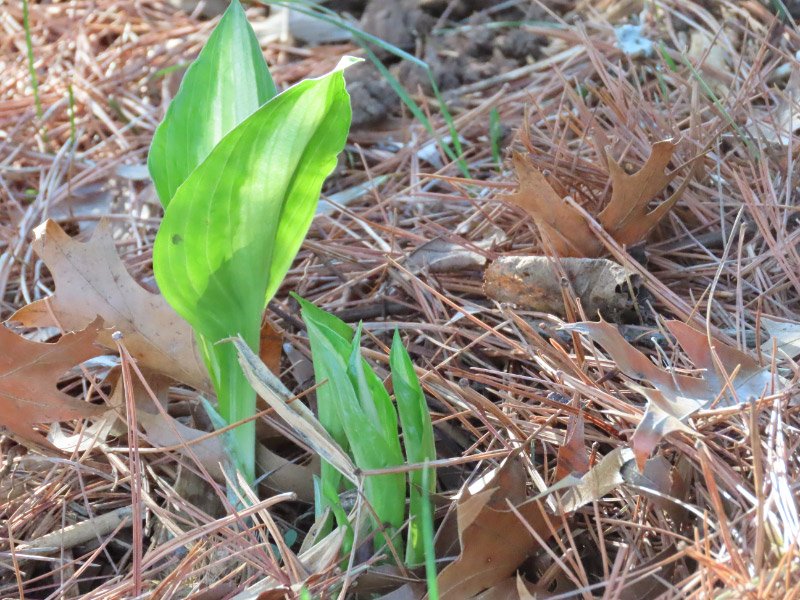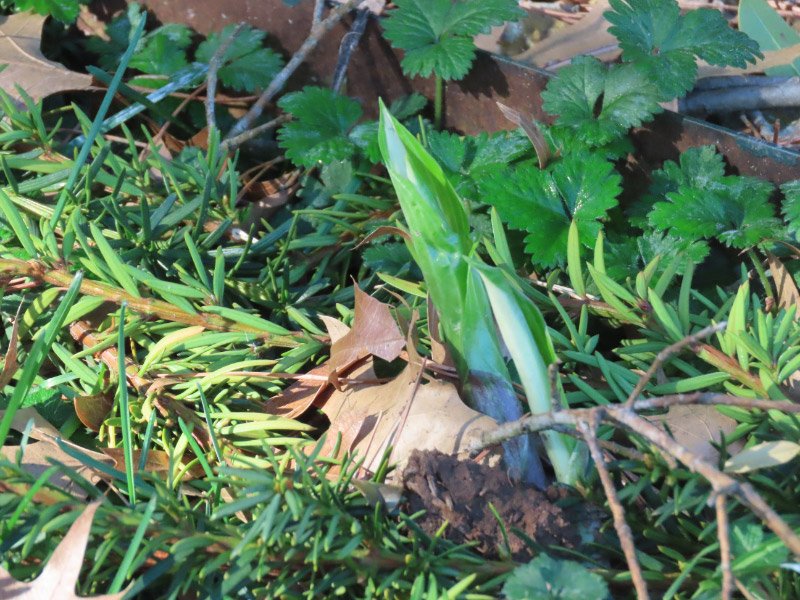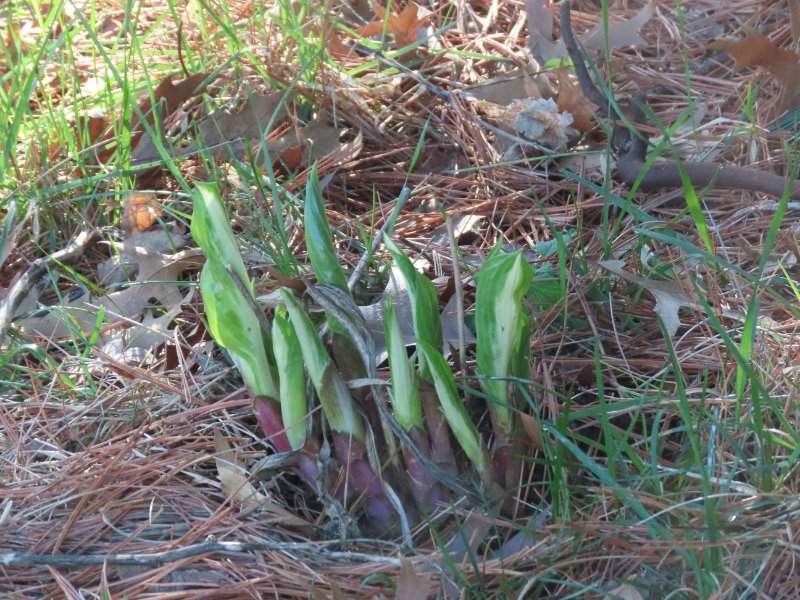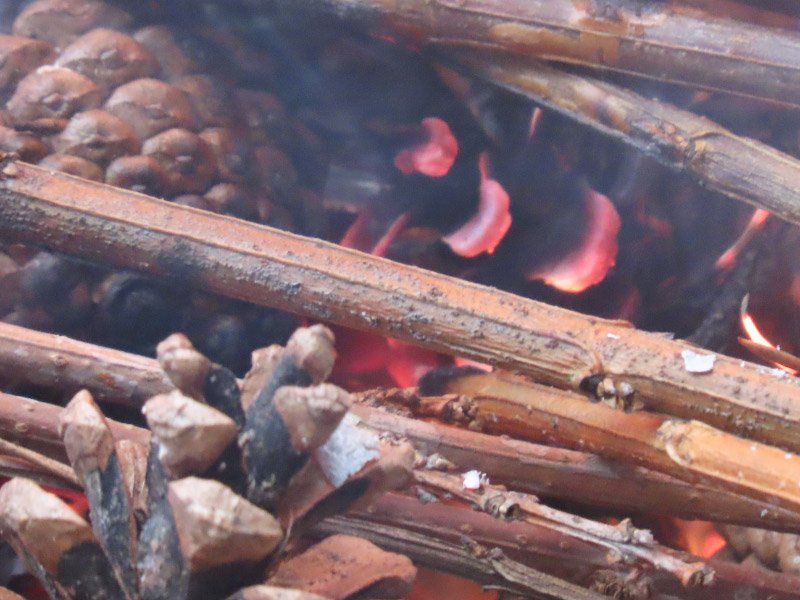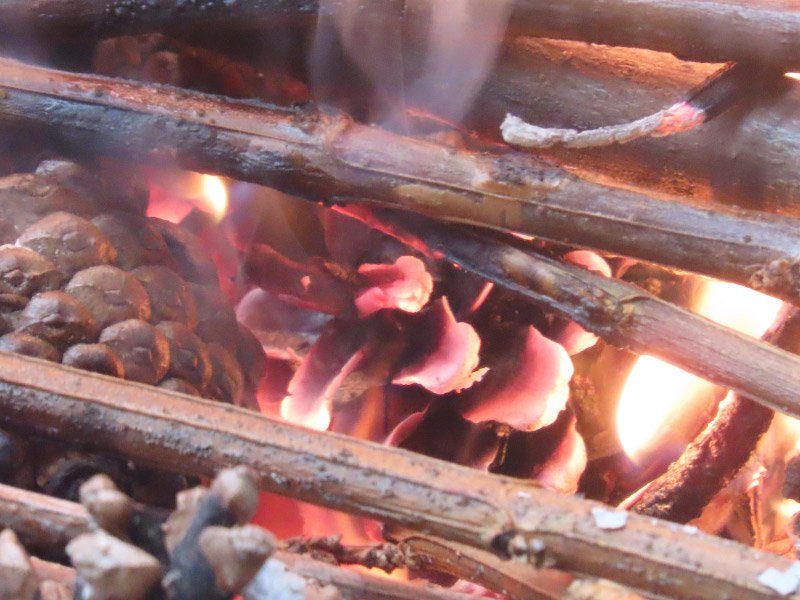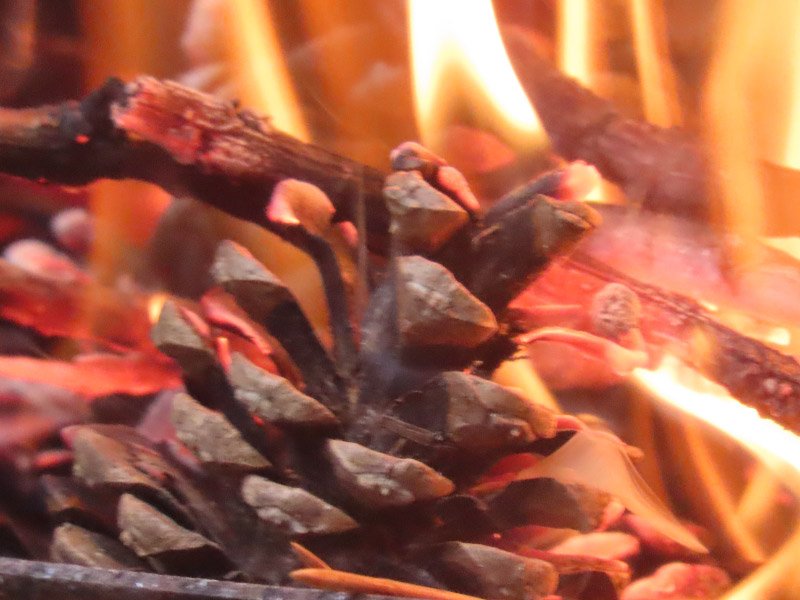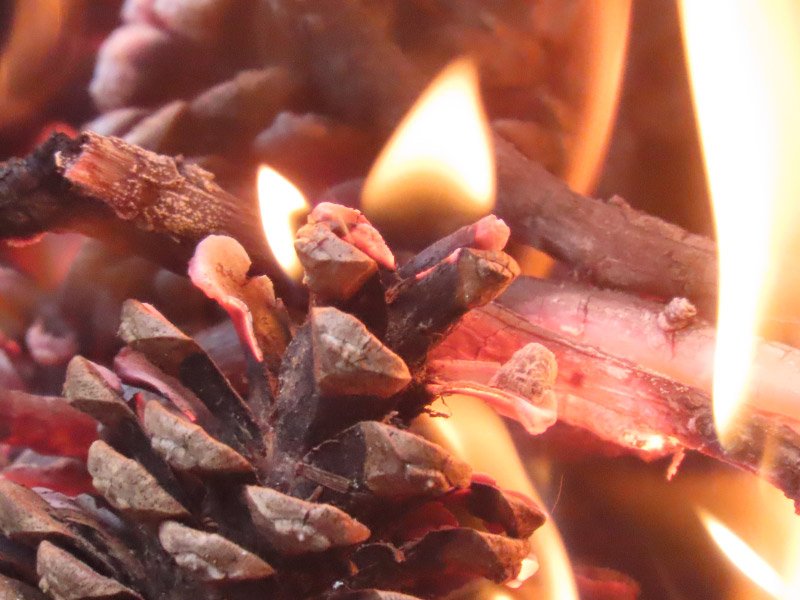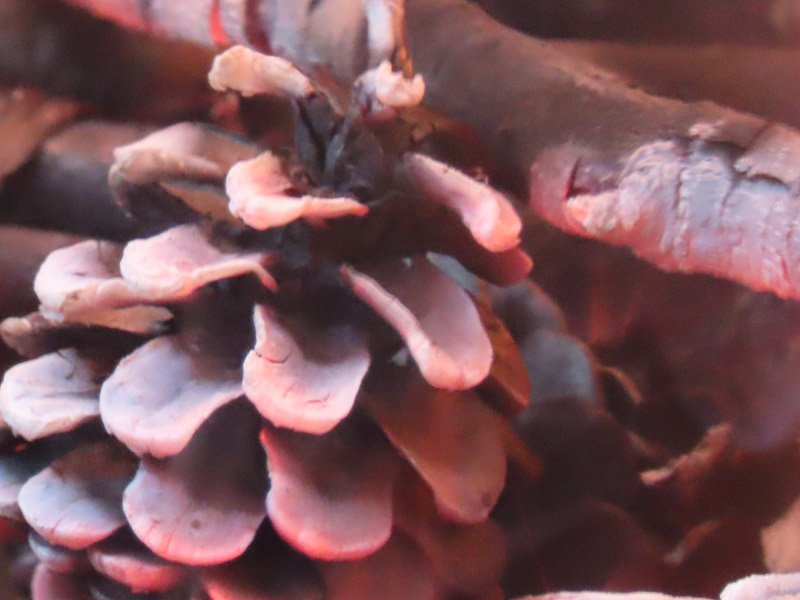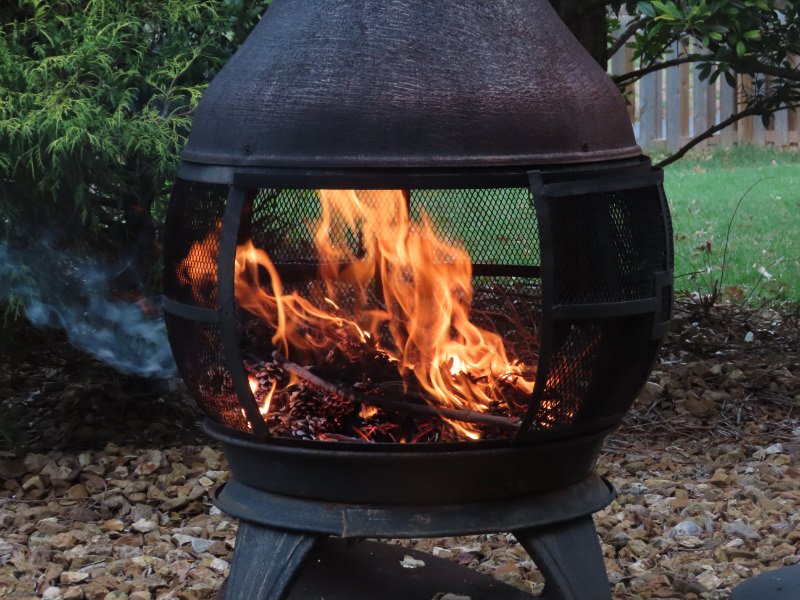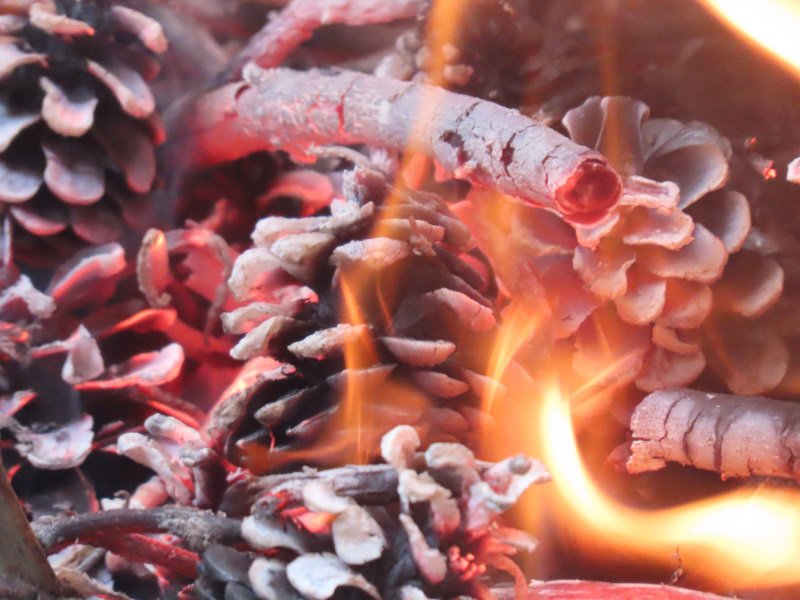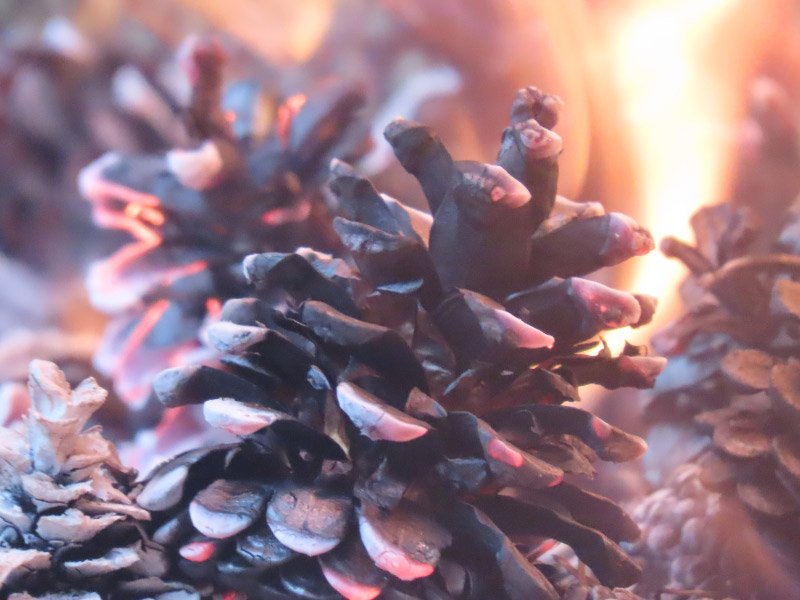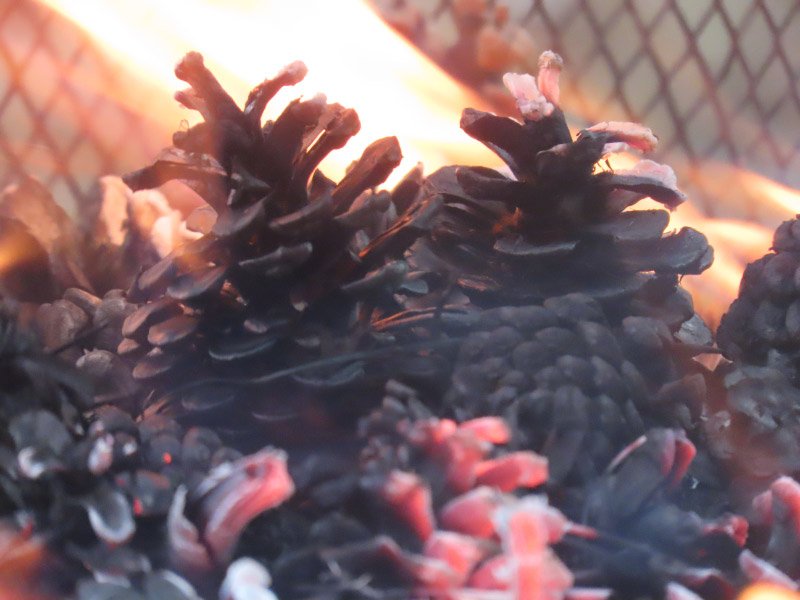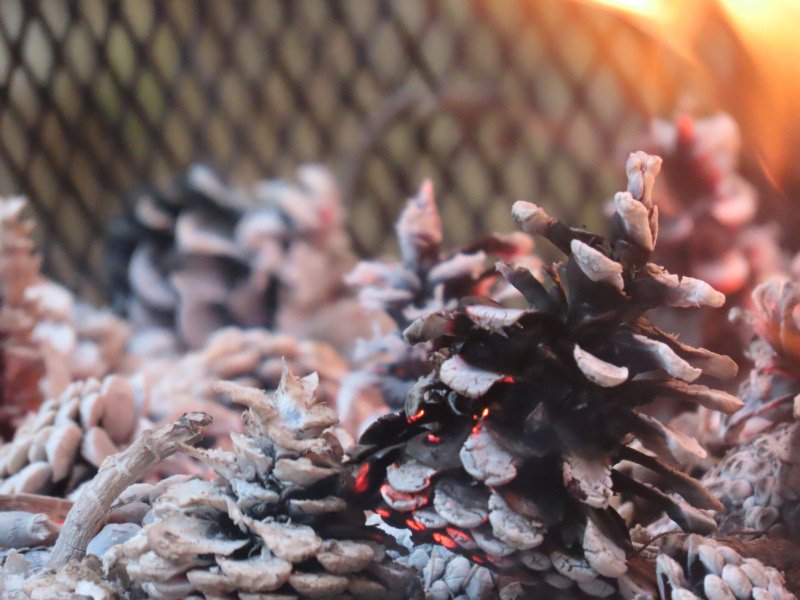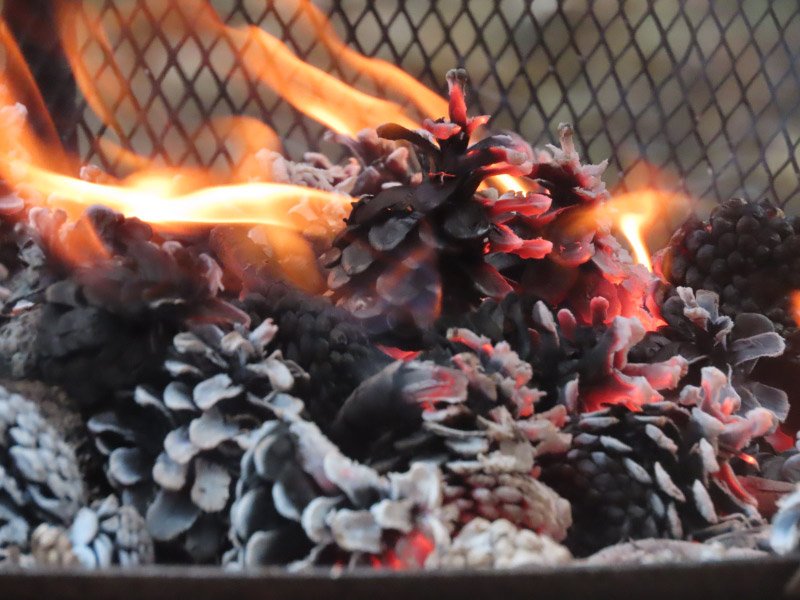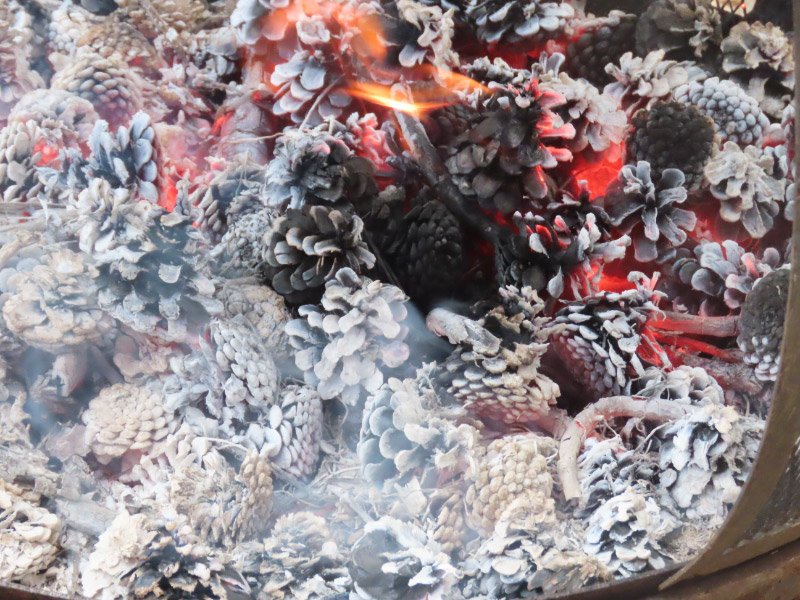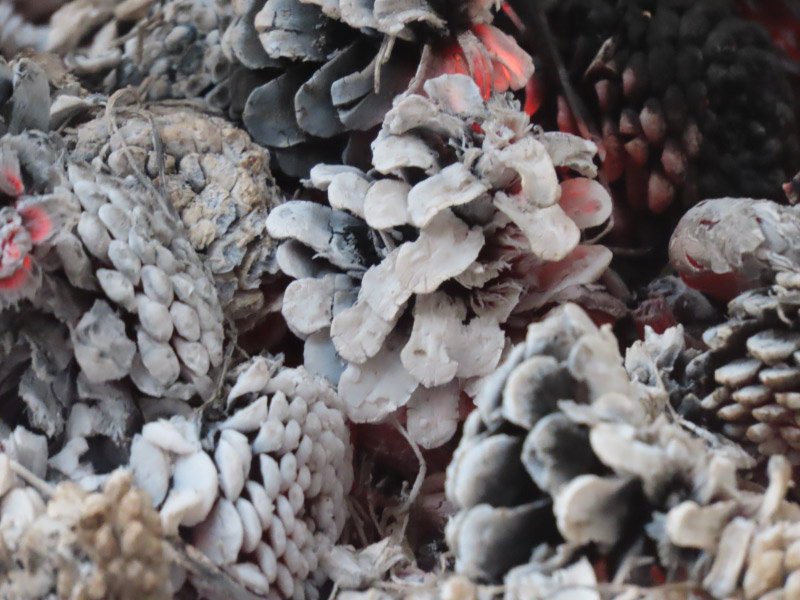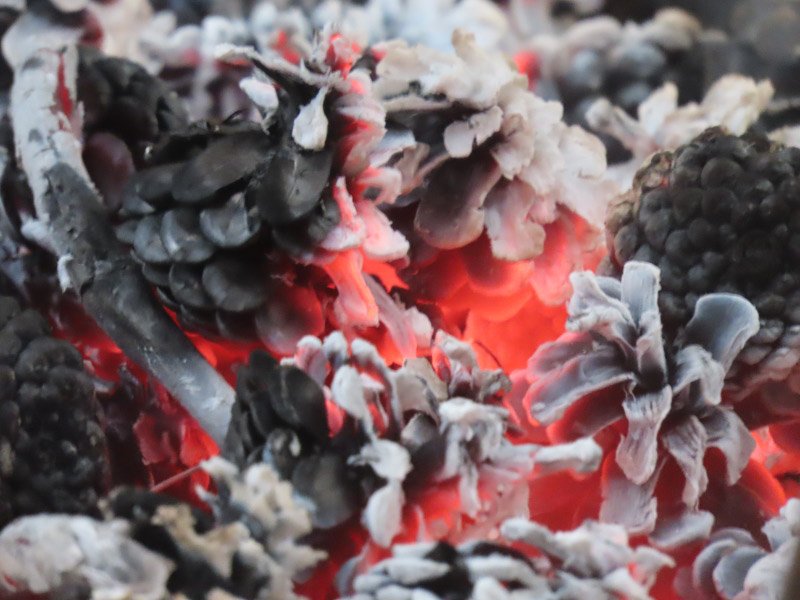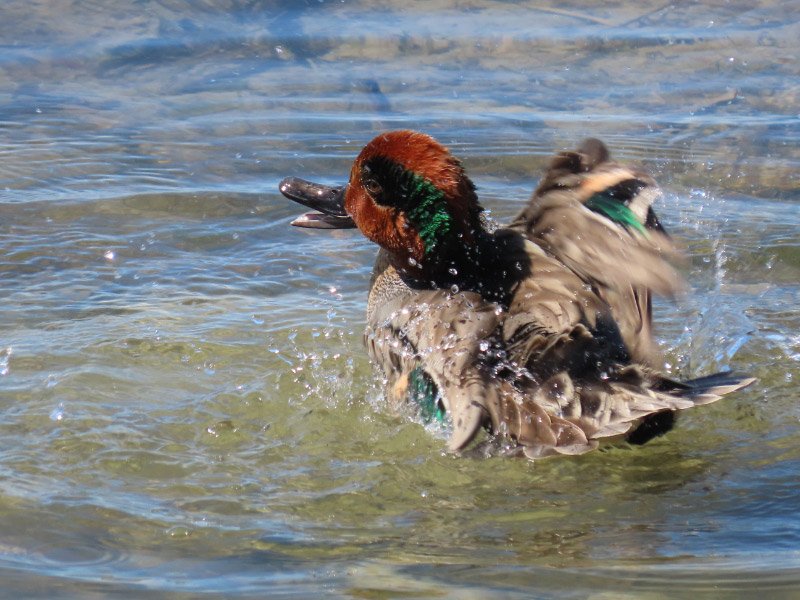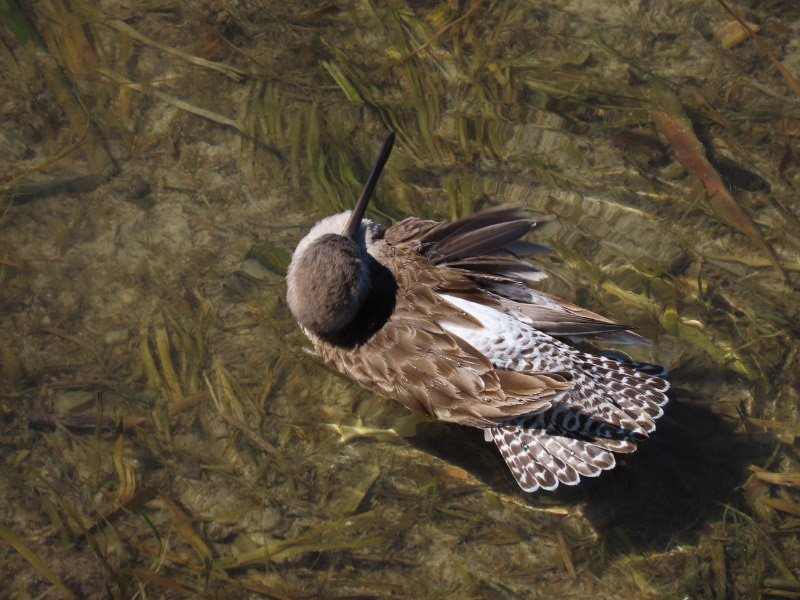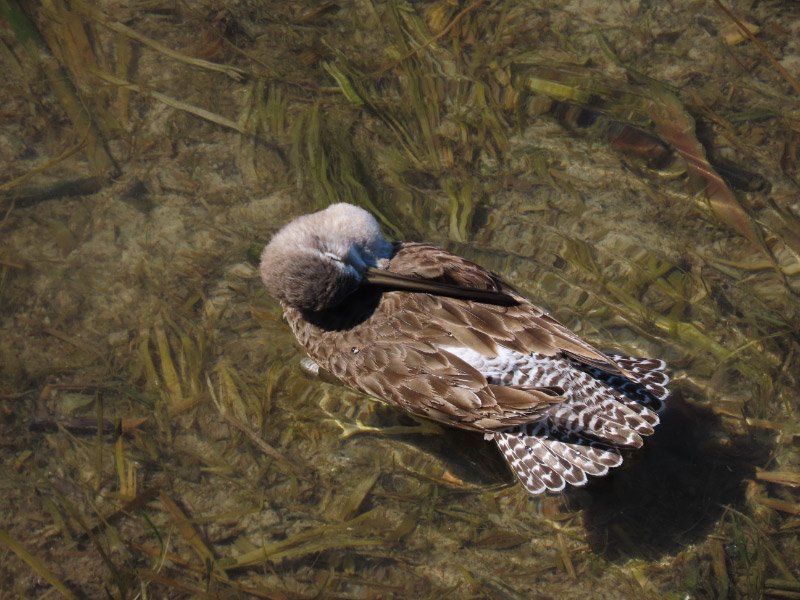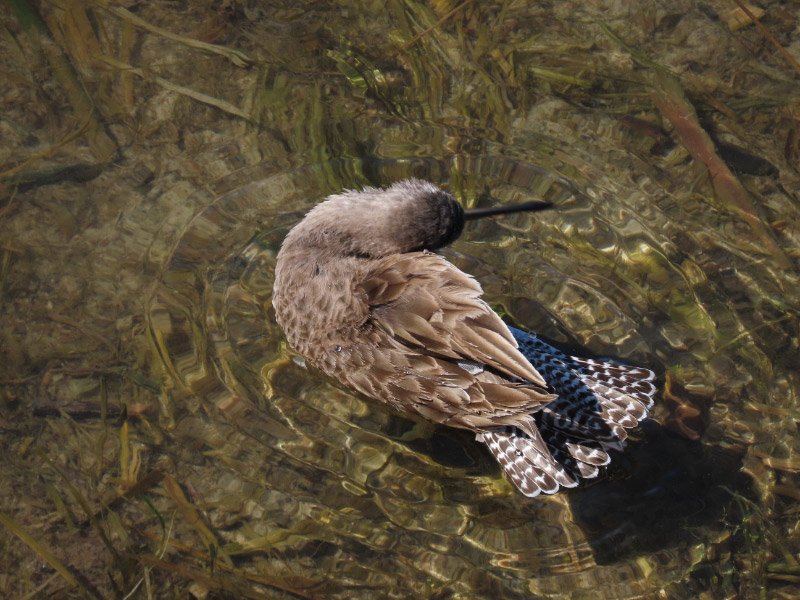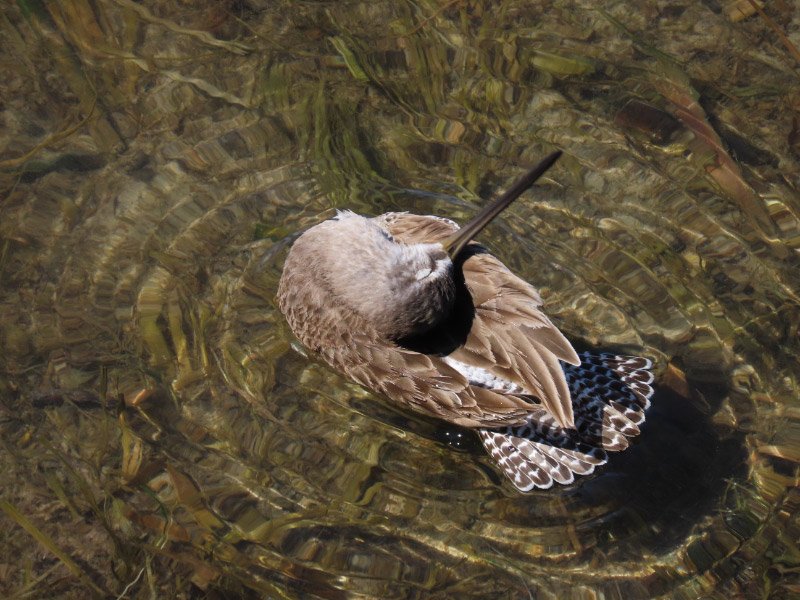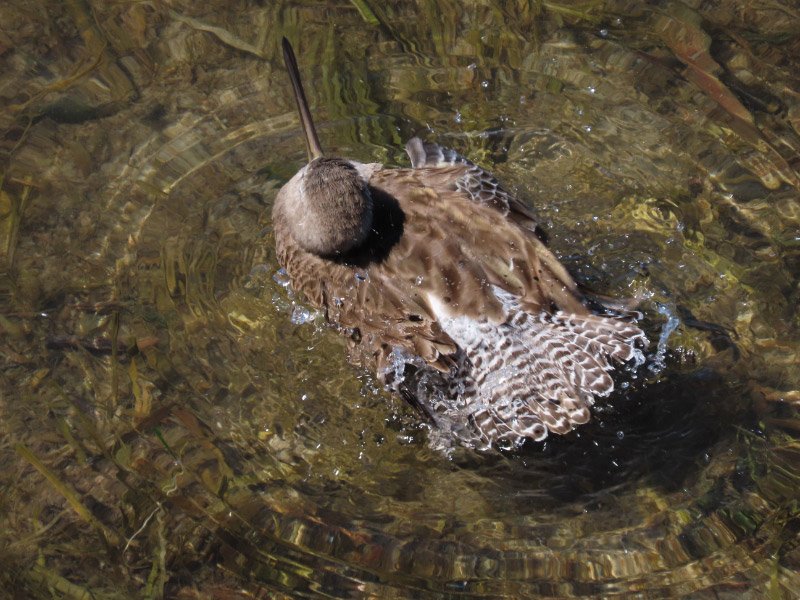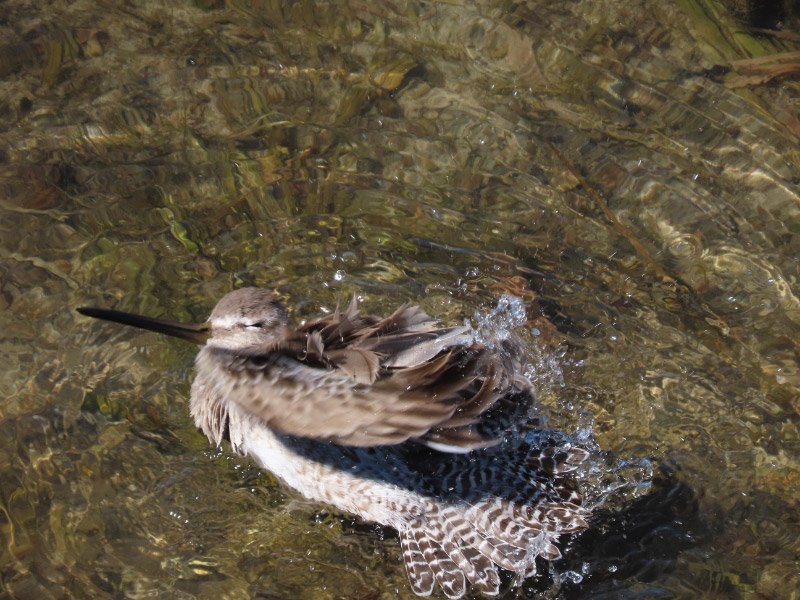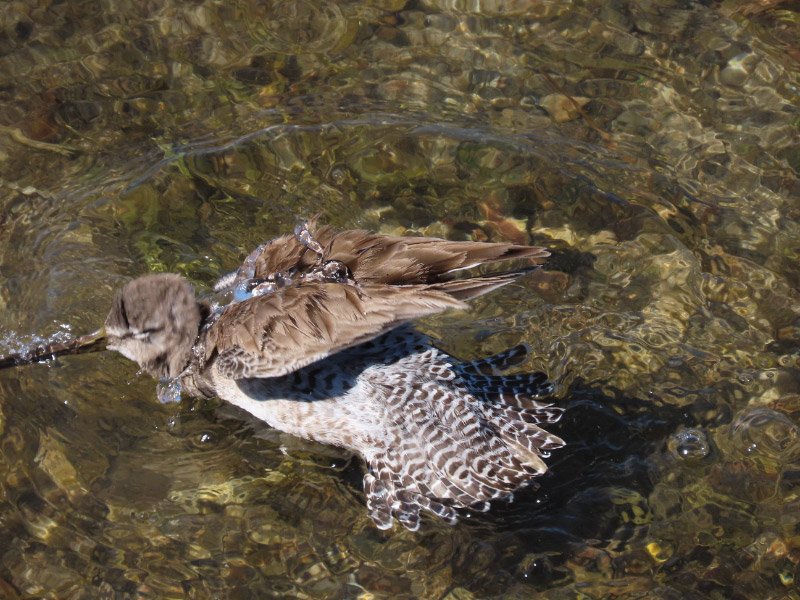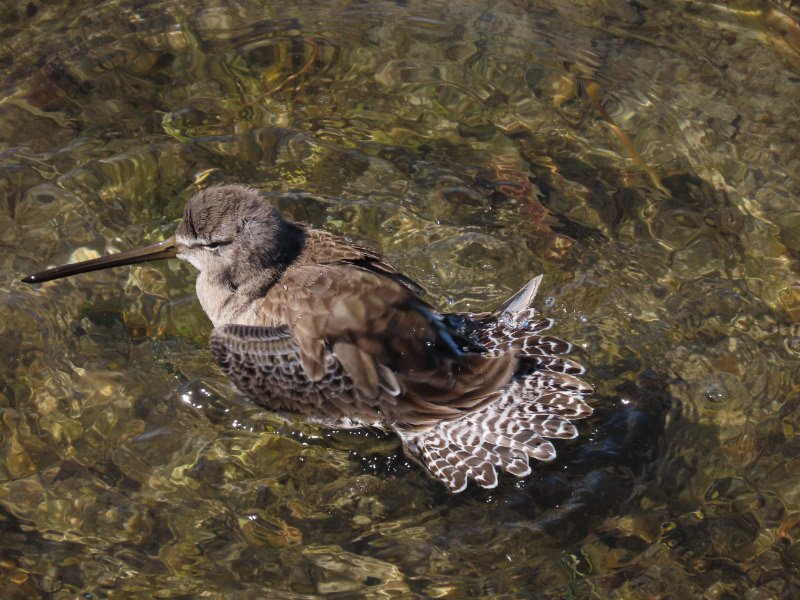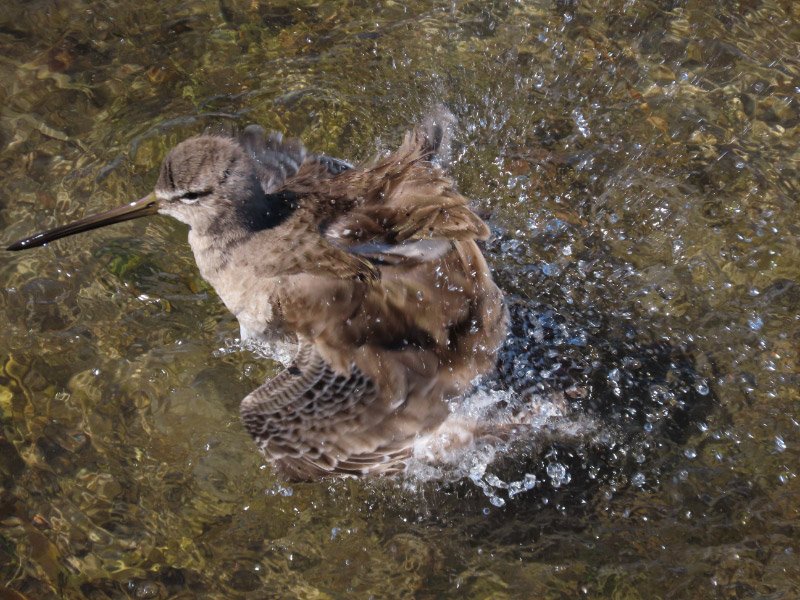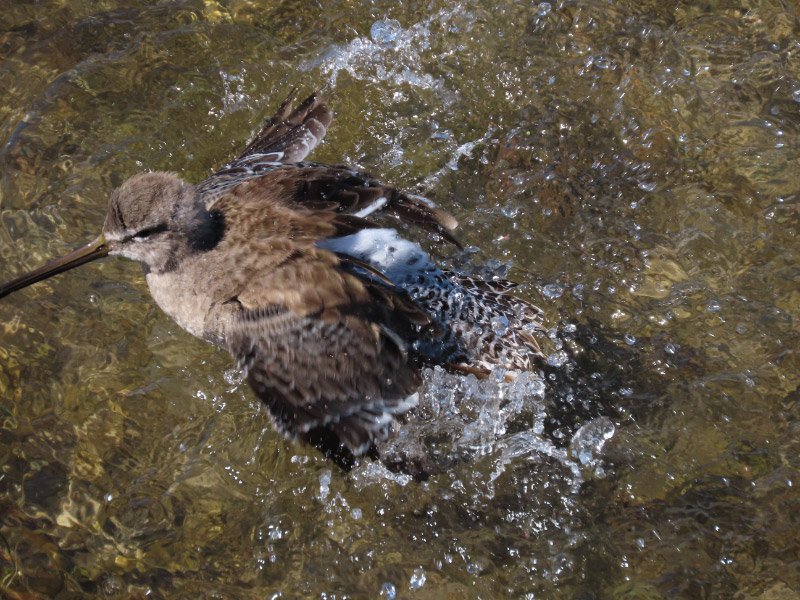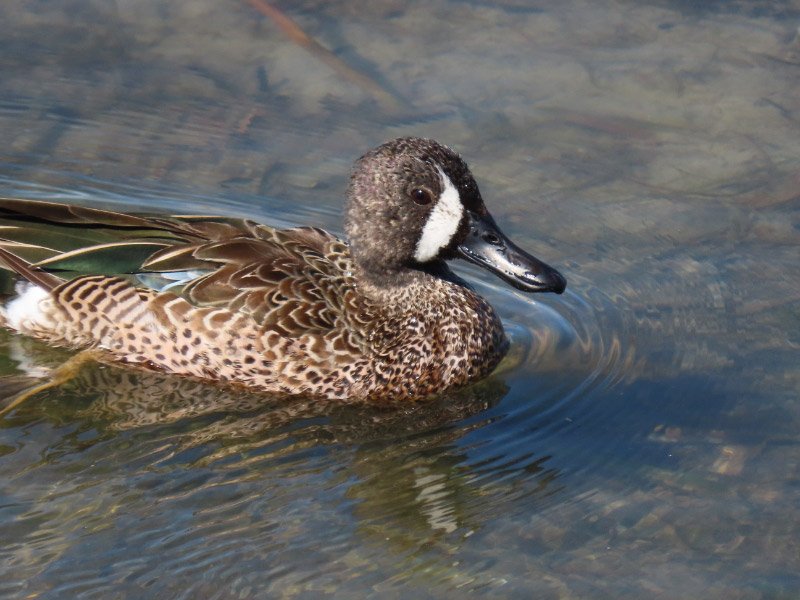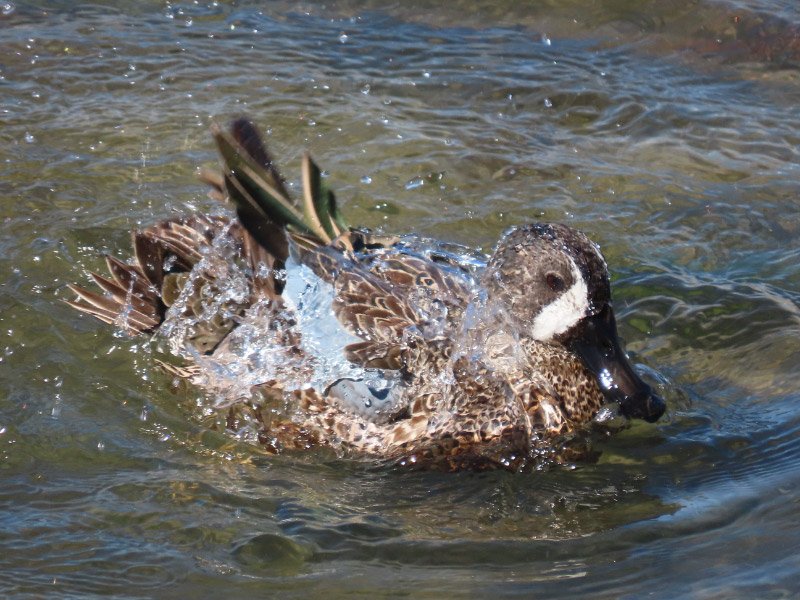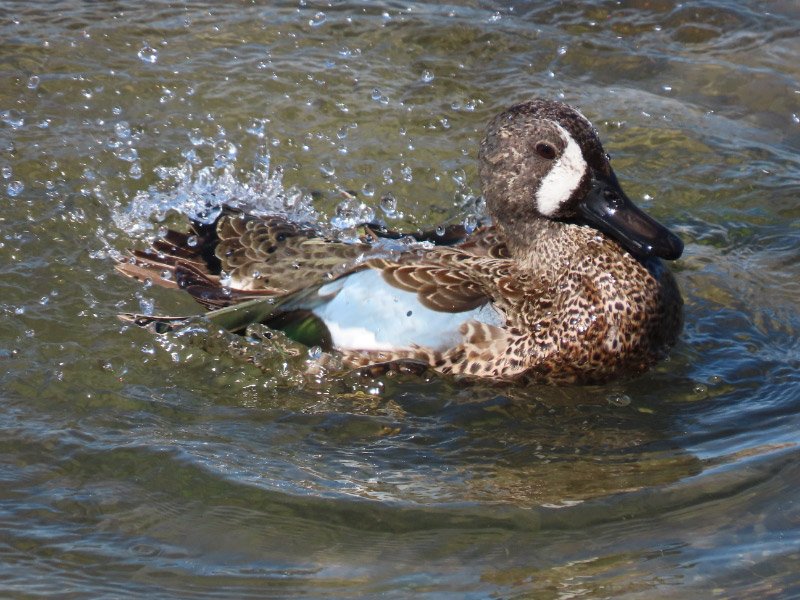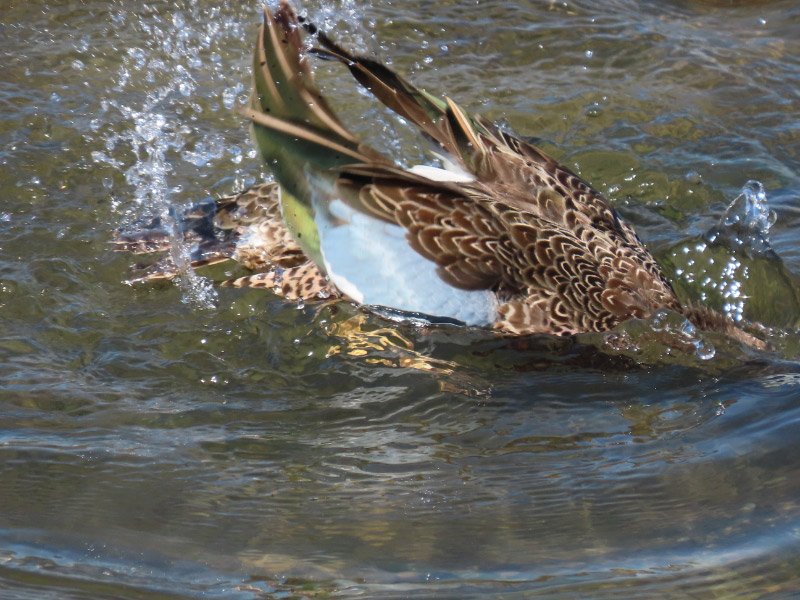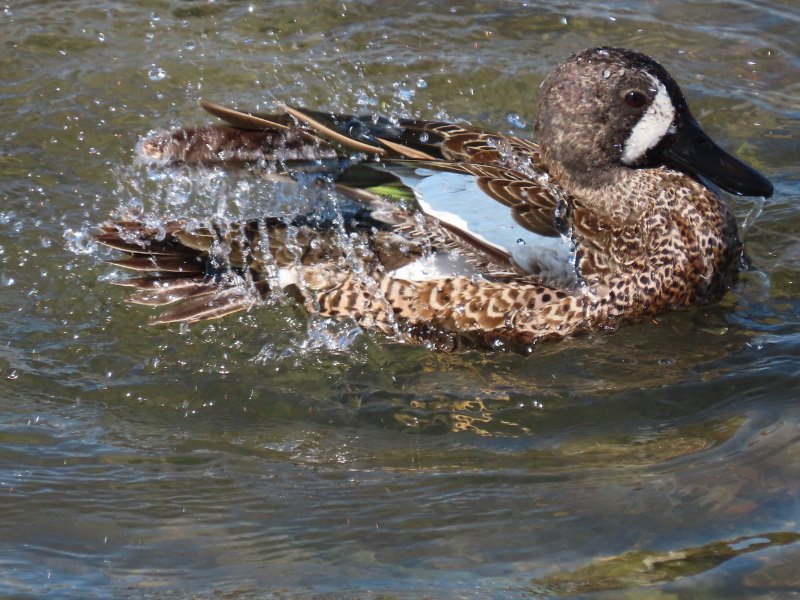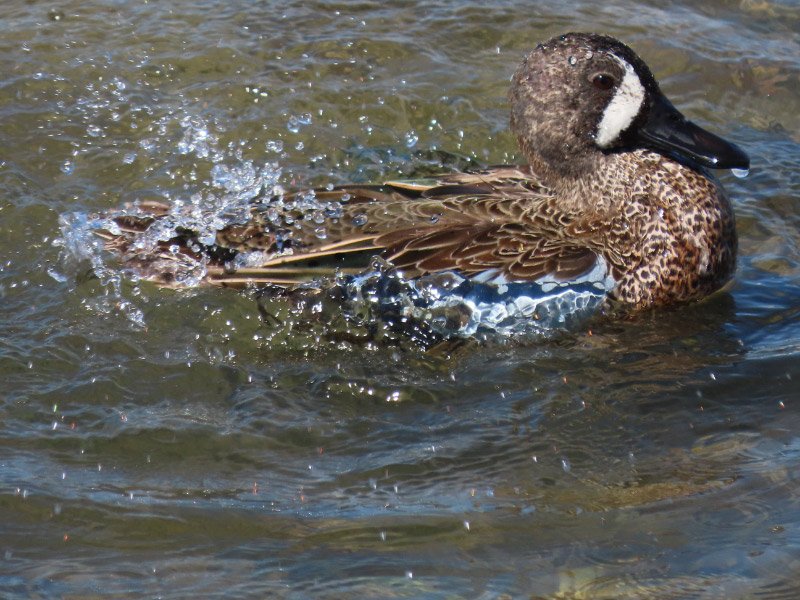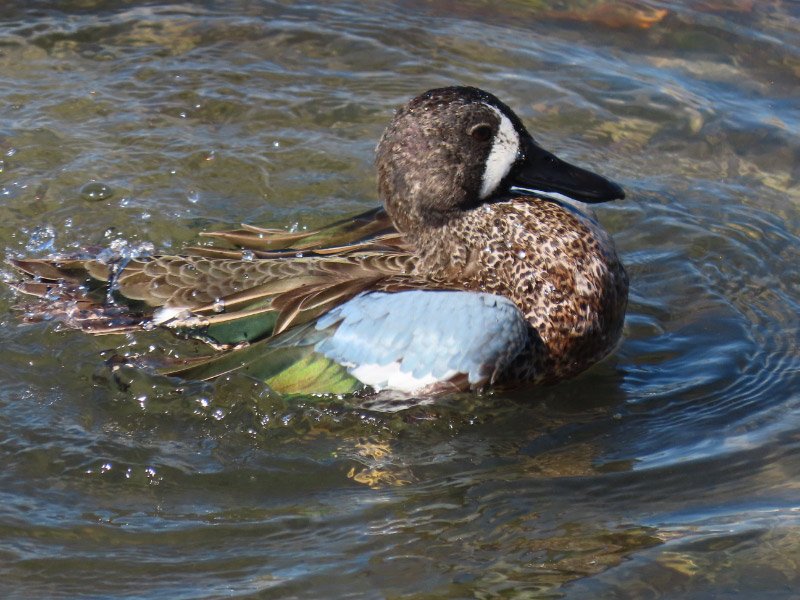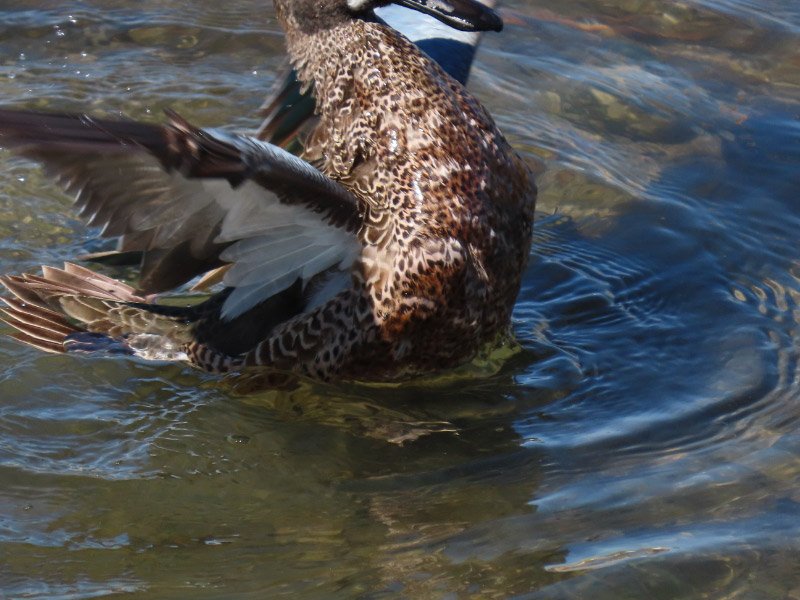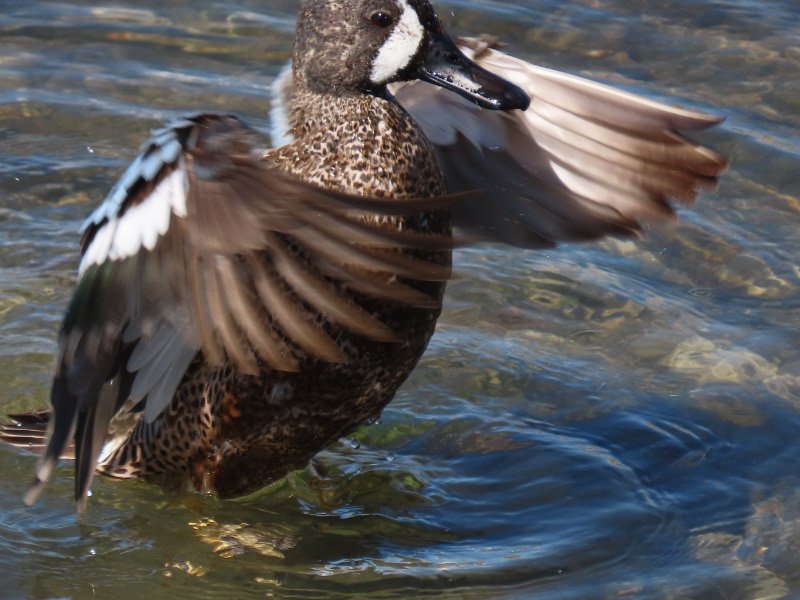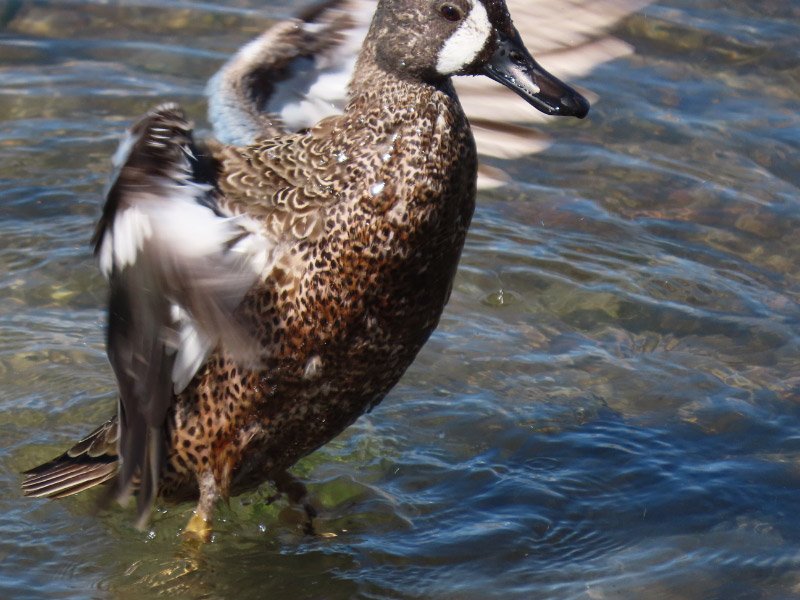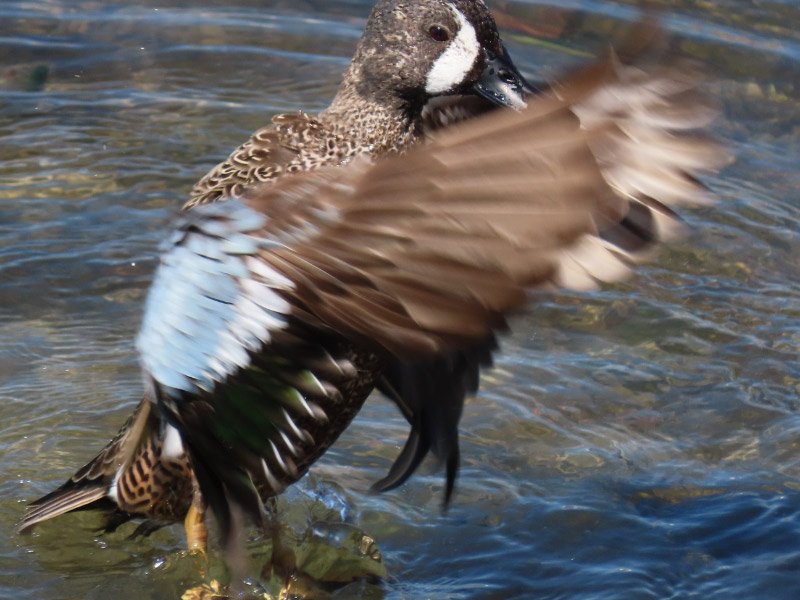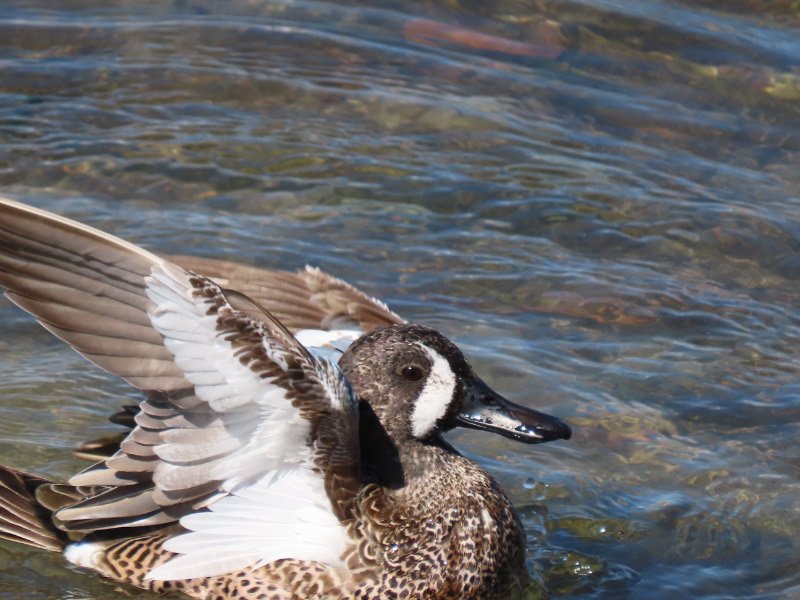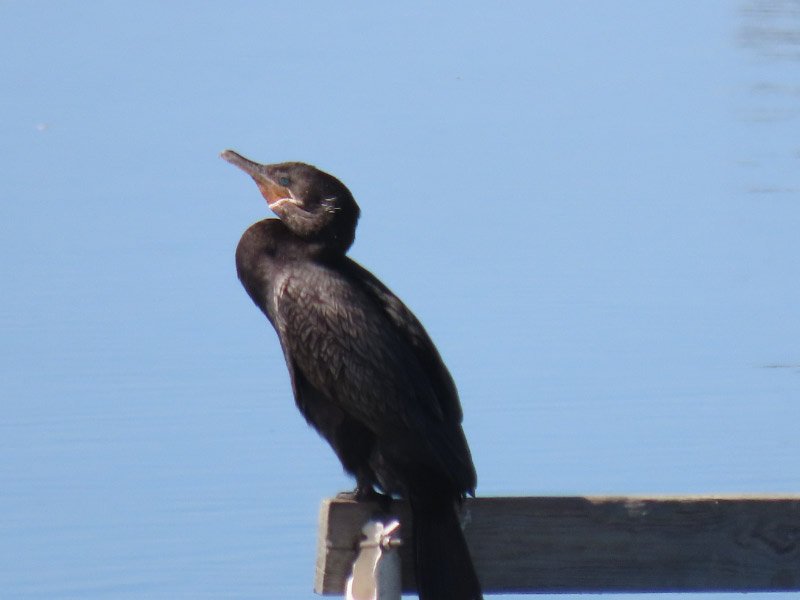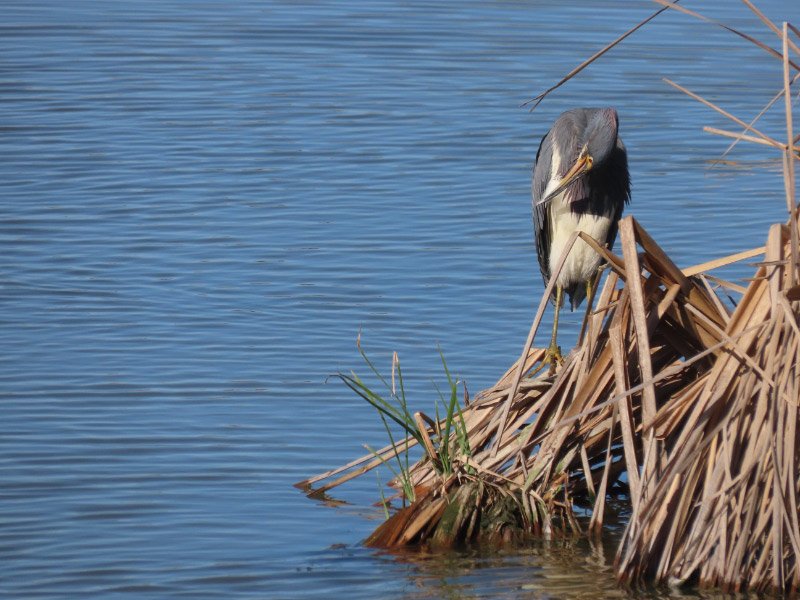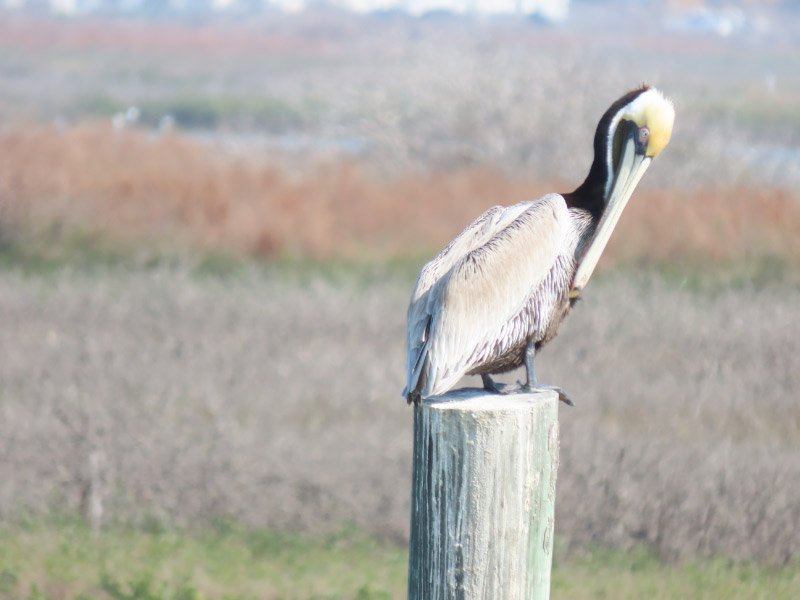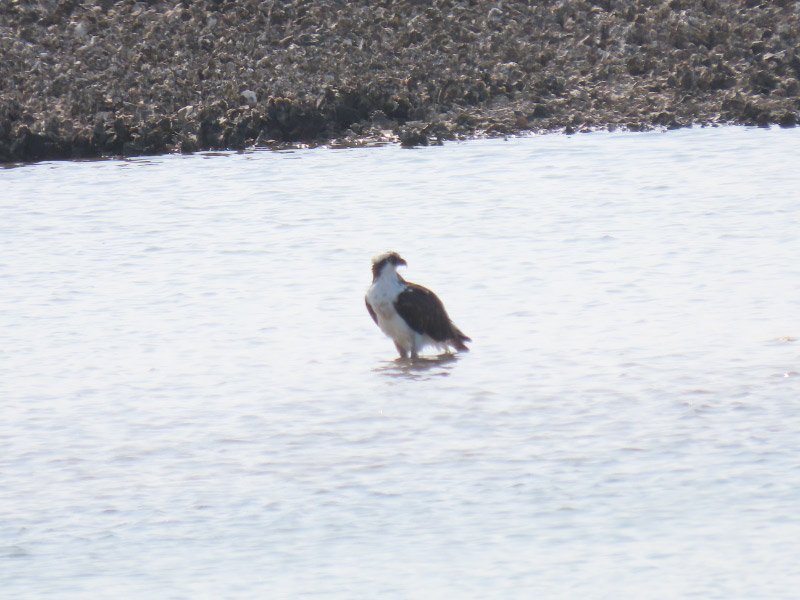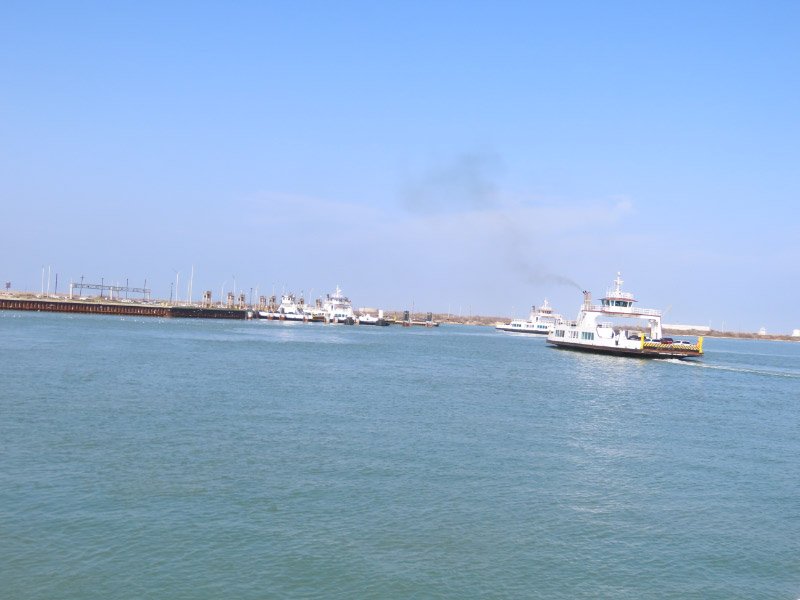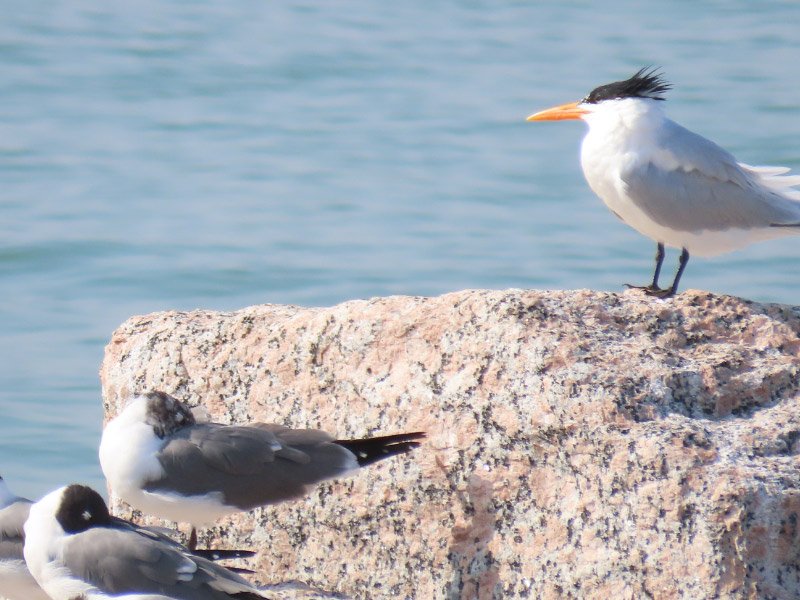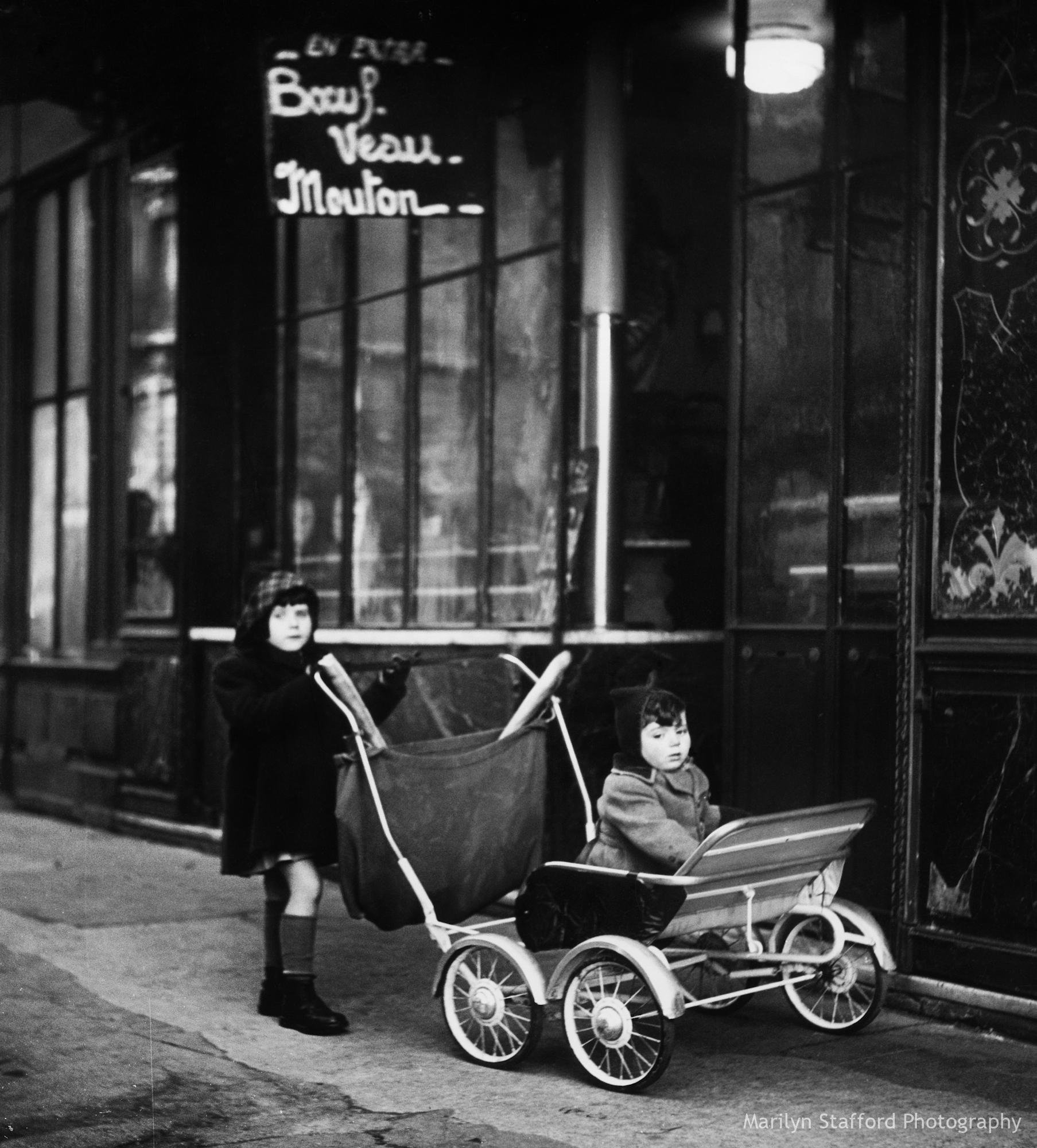Solar Eclipse – Part 1
/We traveled from our home near Springfield MO to Poplar Bluff MO for the solar eclipse on April 8th. There was a flurry of activity on the day before the event to finalize our destination; the weather forecast was the key driver for us to choose Poplar Bluff (along with Whitely Park being a good location that was not included as part of the event planning by the city).
We left our house at 5:30 AM to pick up our daughter and son-in-law before heading east; it wasn’t long before sunrise. I took some pictures of it through the windshield of the car (my husband did all the driving).
We did not encounter any heavy traffic during our morning drive…got to the park 2 hours before the first contact…plenty of time for set up and looking around the park. We set up on an asphalt parking lot that never completely filled up so we spilled over onto the two spaces on either side of where we were parked next to a fenced soccer field.
I walked around to look at a few low growing plants…
And trees that were just beginning to leaf out. I realized that the trees did no have enough foliage to make projected crescent patterns onto the ground as happened when we were in Loup City, Nebraska for the August 2017 solar eclipse.
On the ground – I noted roots of a sycamore, seed pods of sweet gums (from last year and green ones from this year) and a clump of green (probably a weed) surrounded by brown thatch.
There were birds about:
Two purple martin houses that were beginning to be populated. One had a pair of house sparrows too; I wondered how long it would take for the purple martins to evict them.
A starling in the grass – keeping an eye on the sky.
And a group of robins in a tree without leaves but lots of twigs that made it hard to get a good image.
I took most of my eclipse pictures with my bridge camera (Canon Powershot SX70 HX) on a tripod with a solar filter taped to the camera body to cover the lens until totality). I had eclipse glasses that I wore to look at the sun with my eyes and put over the camera on my iPhone to take one picture. I’ll post my eclipse pictures on Sunday along with some my husband took…stay tuned for that.


